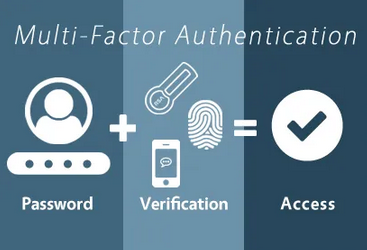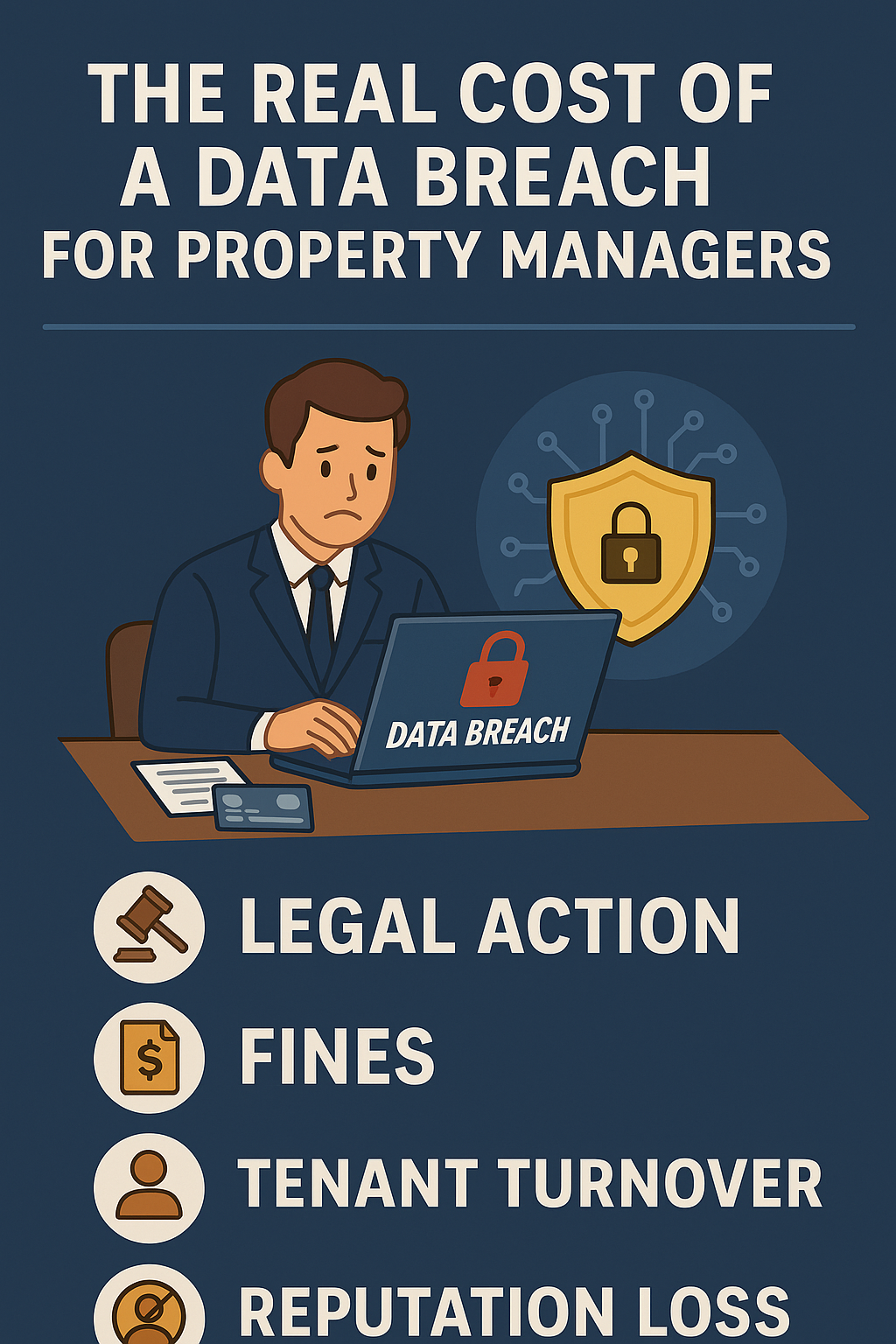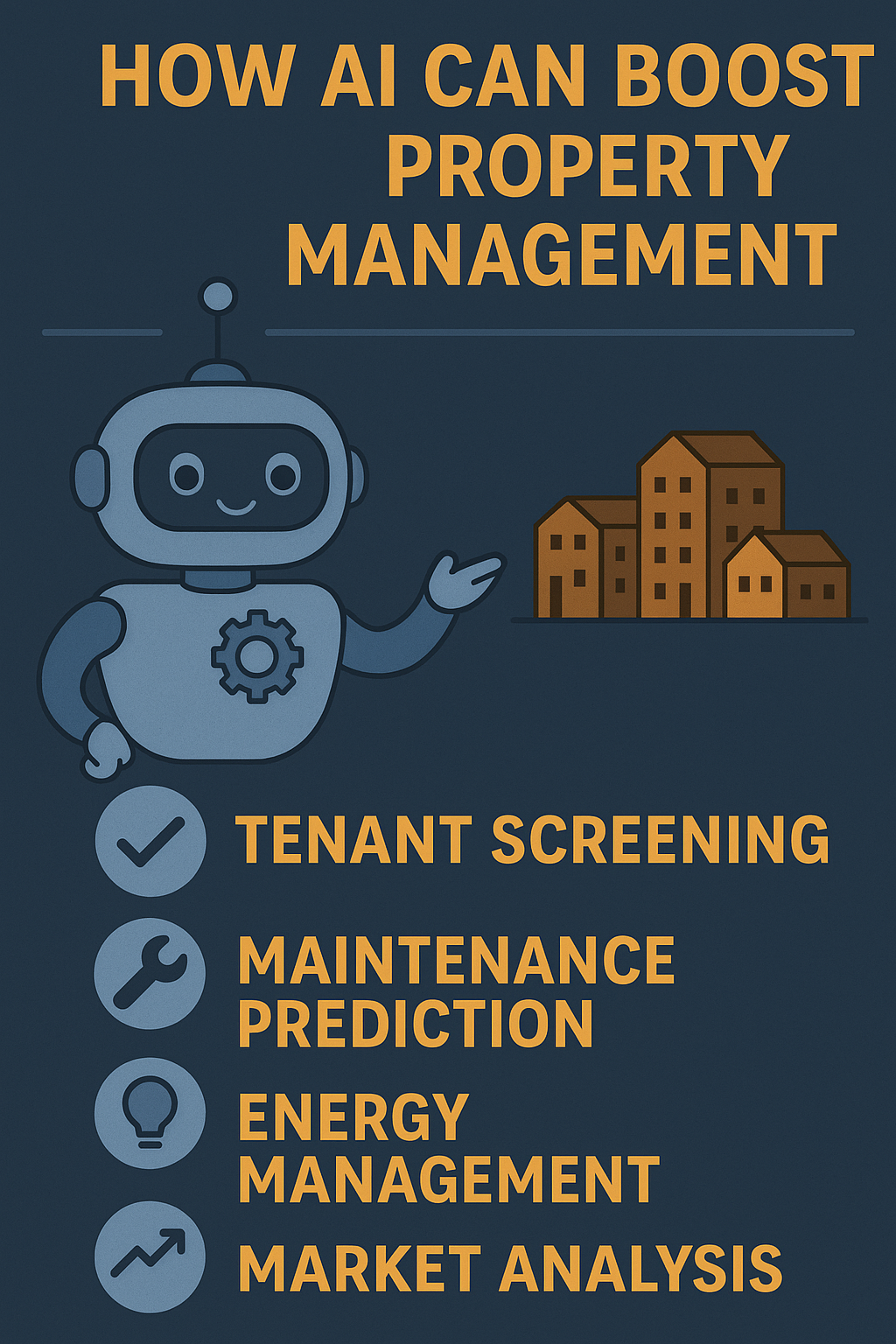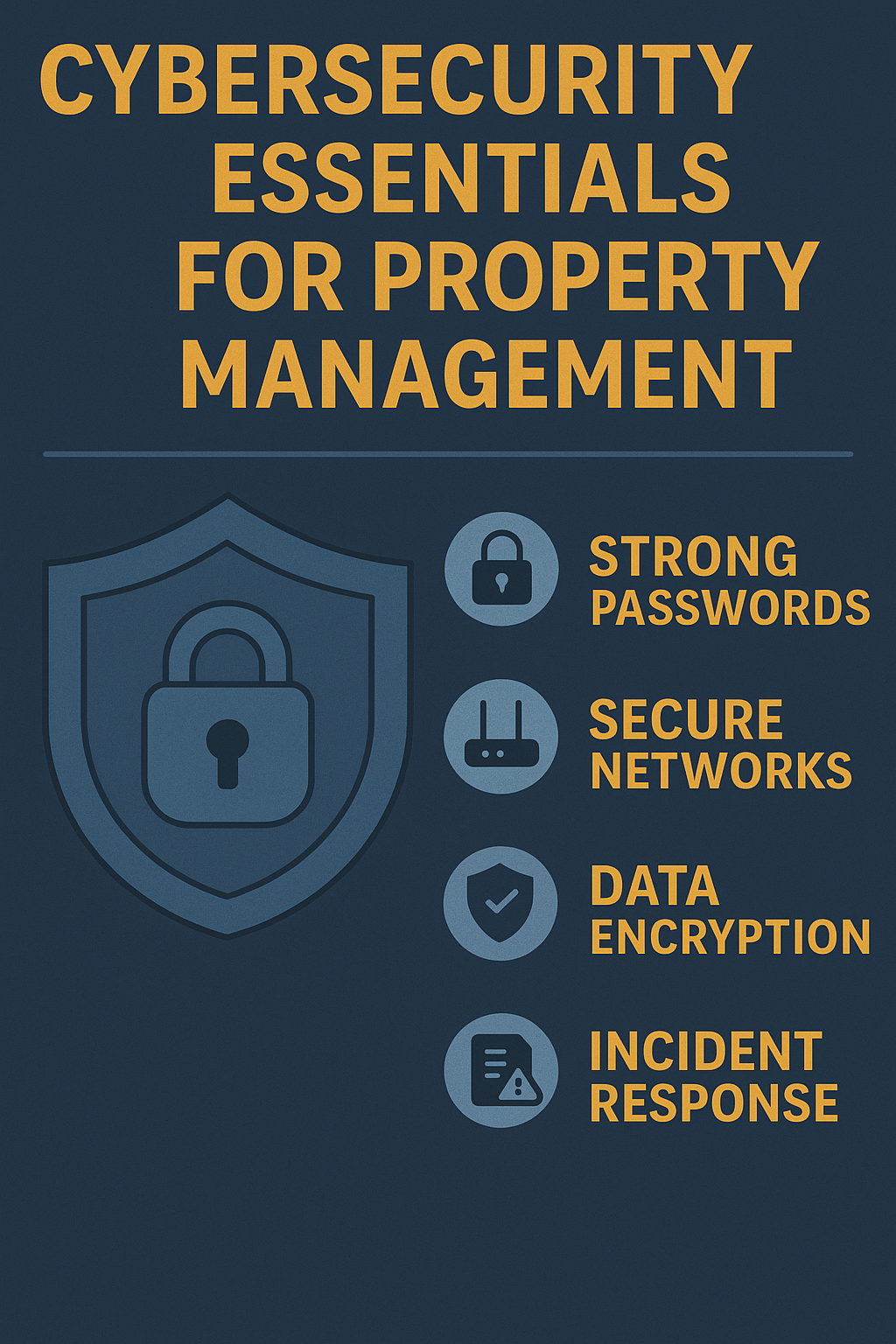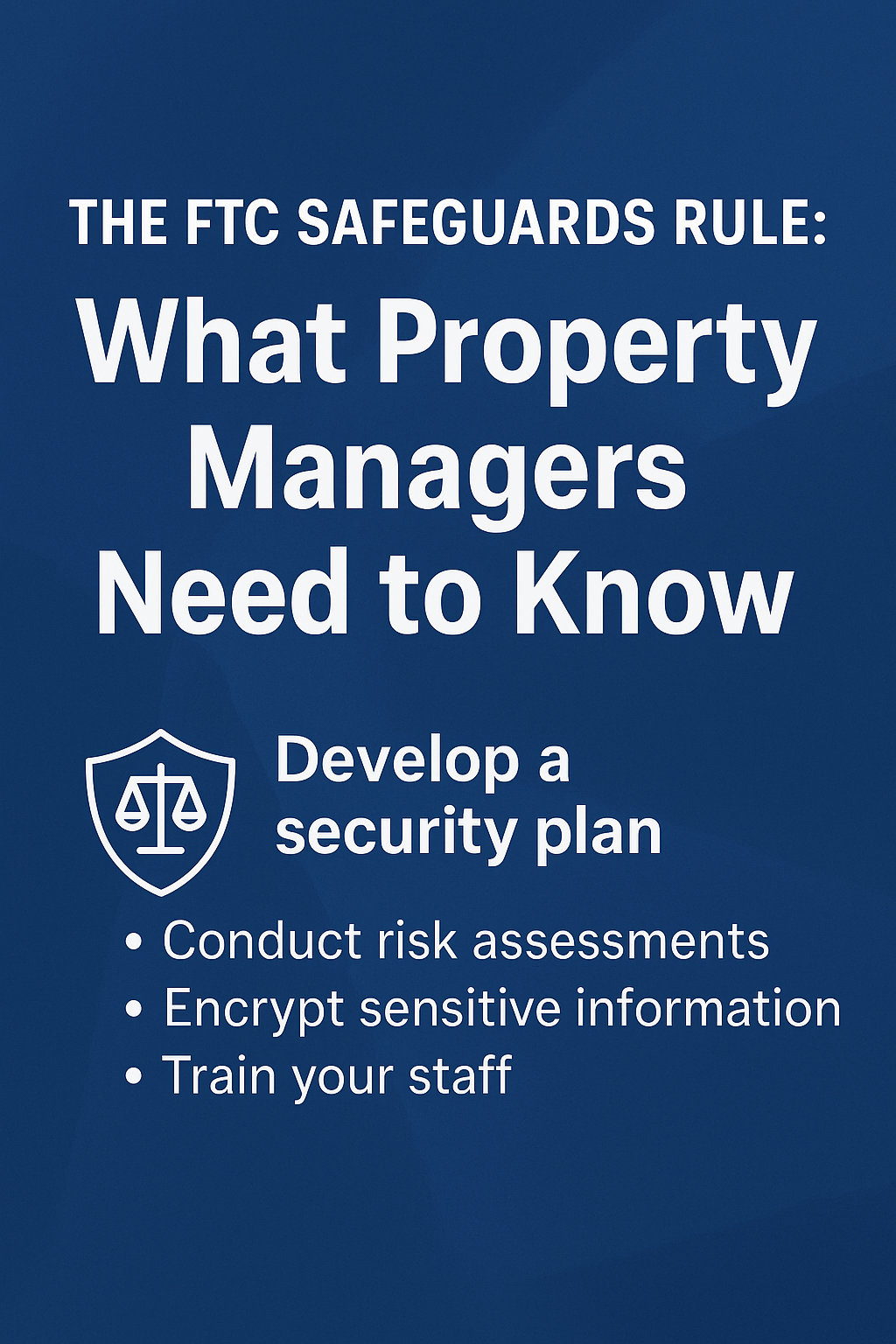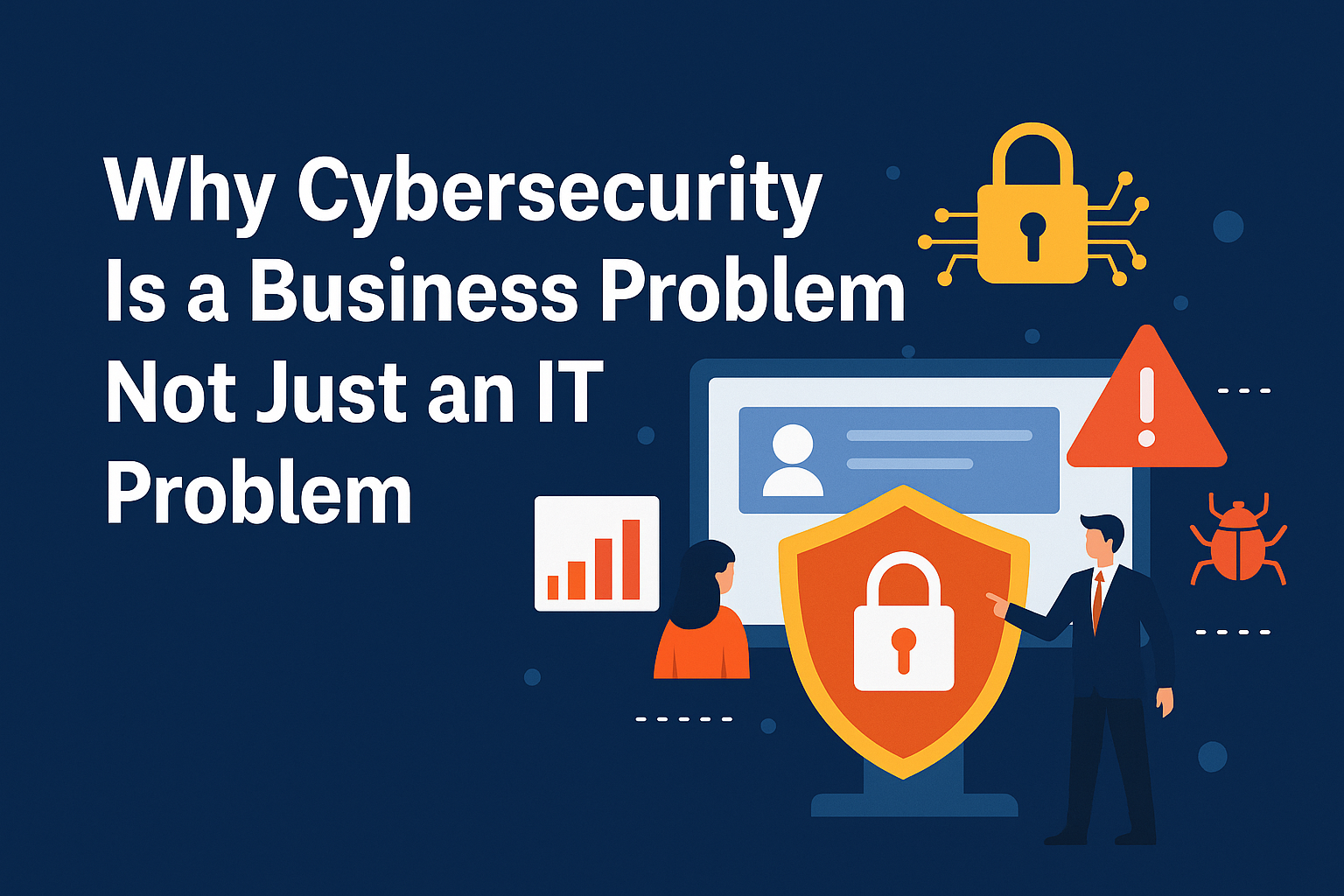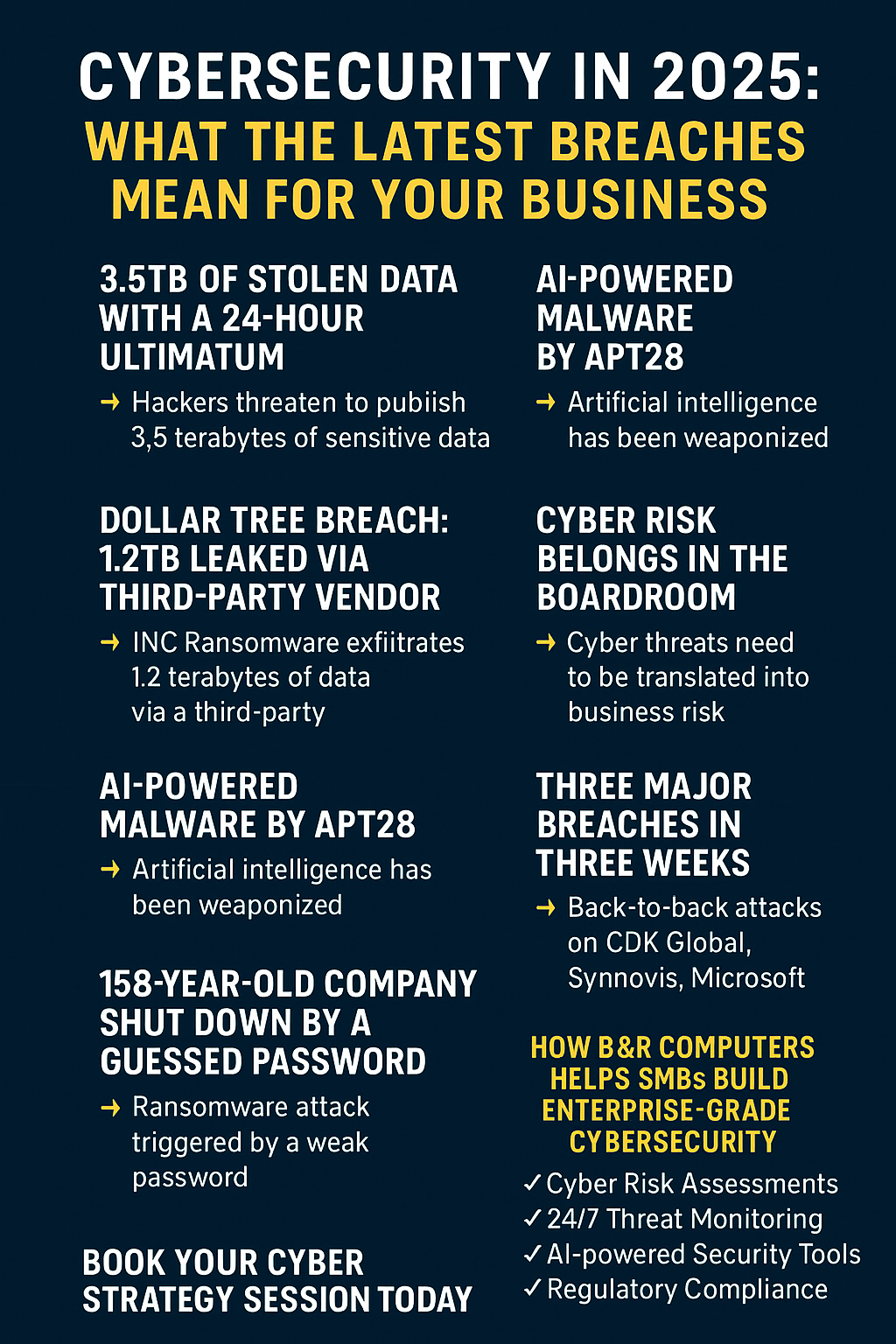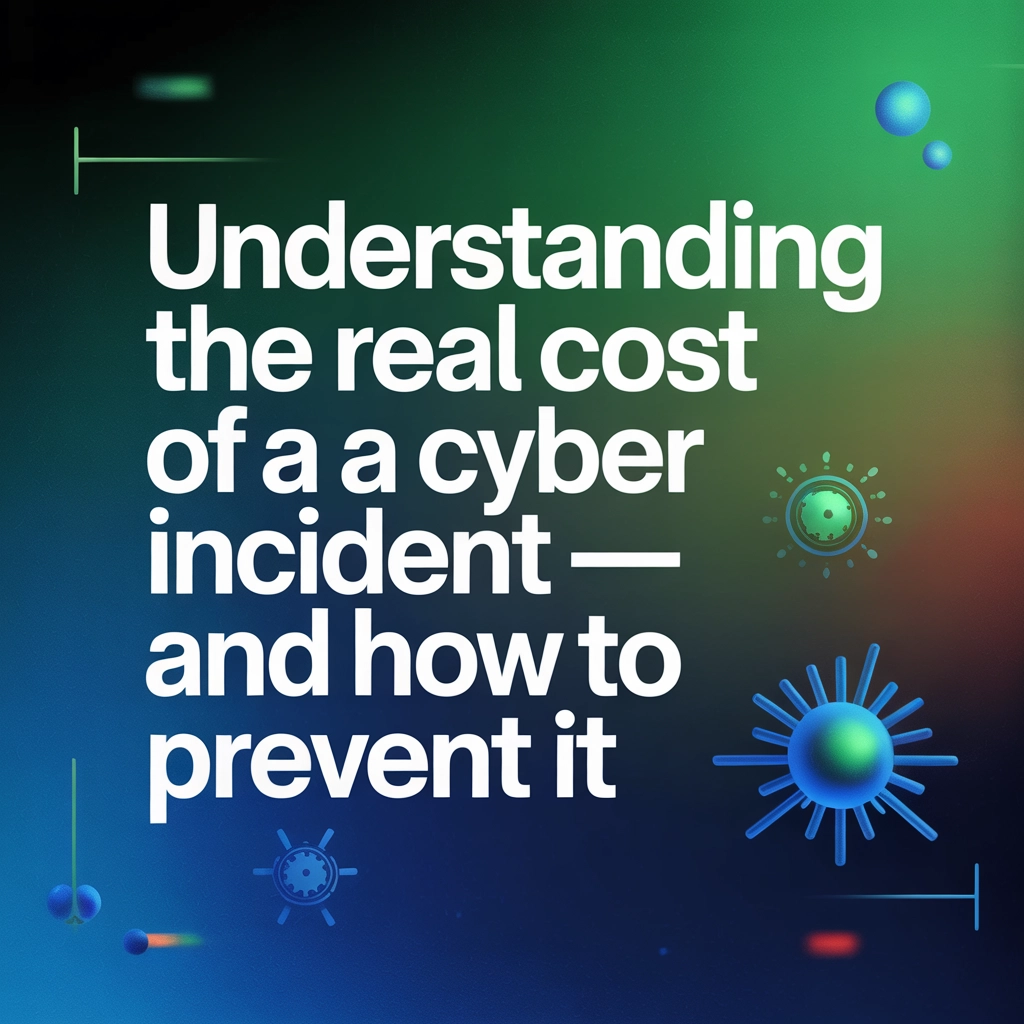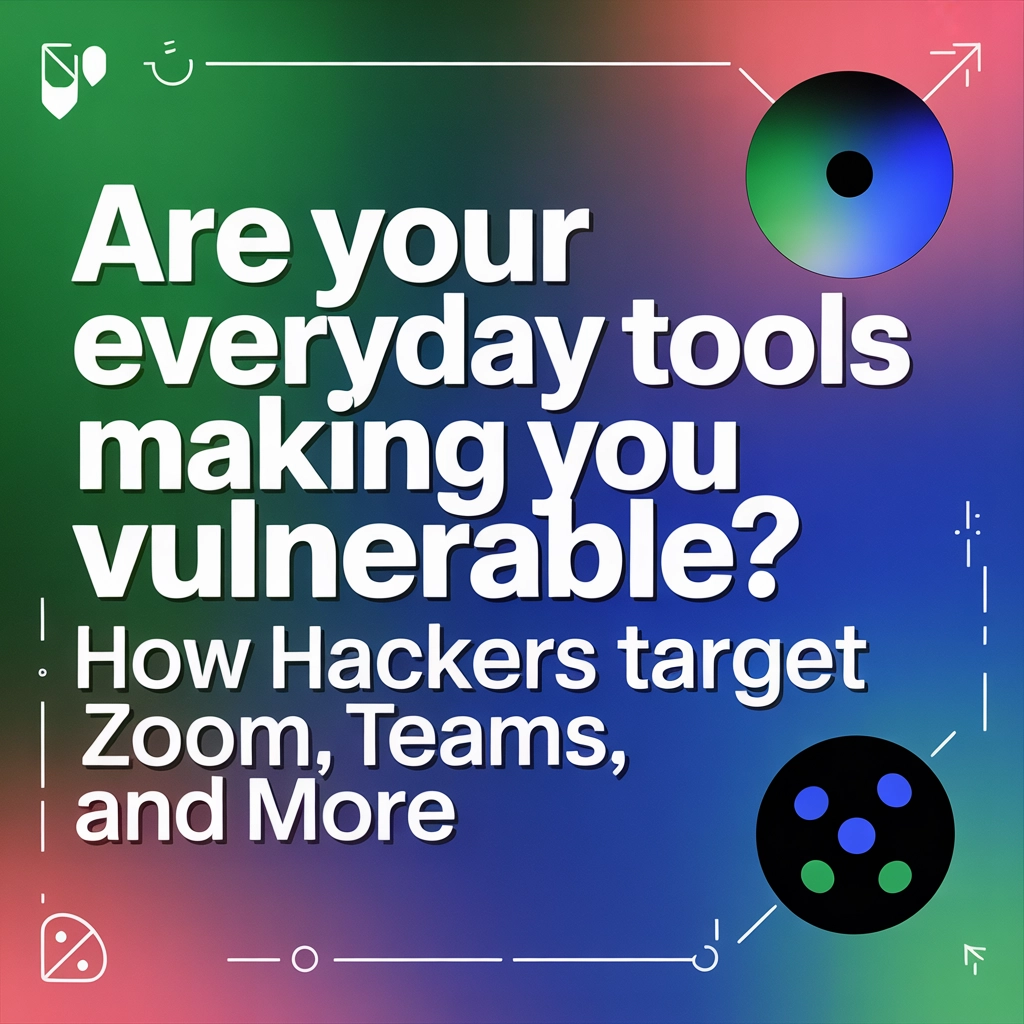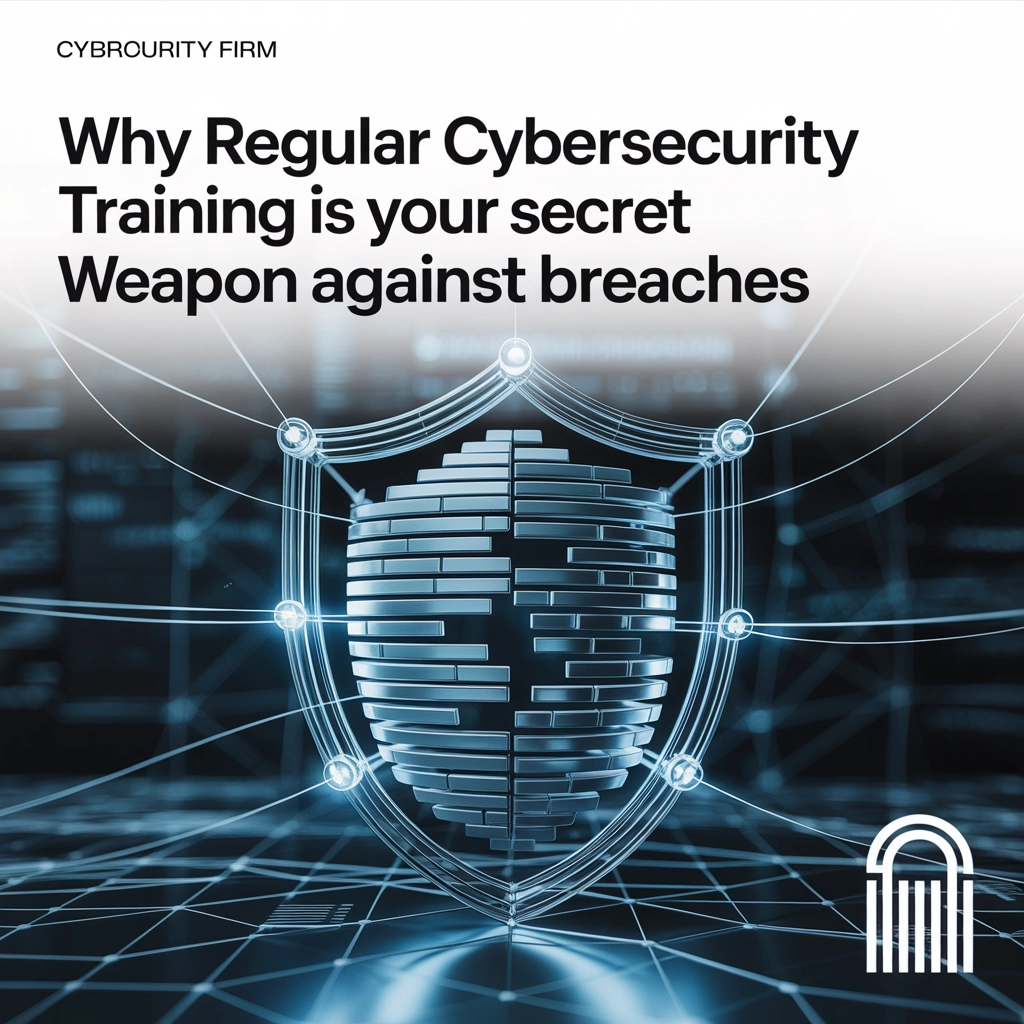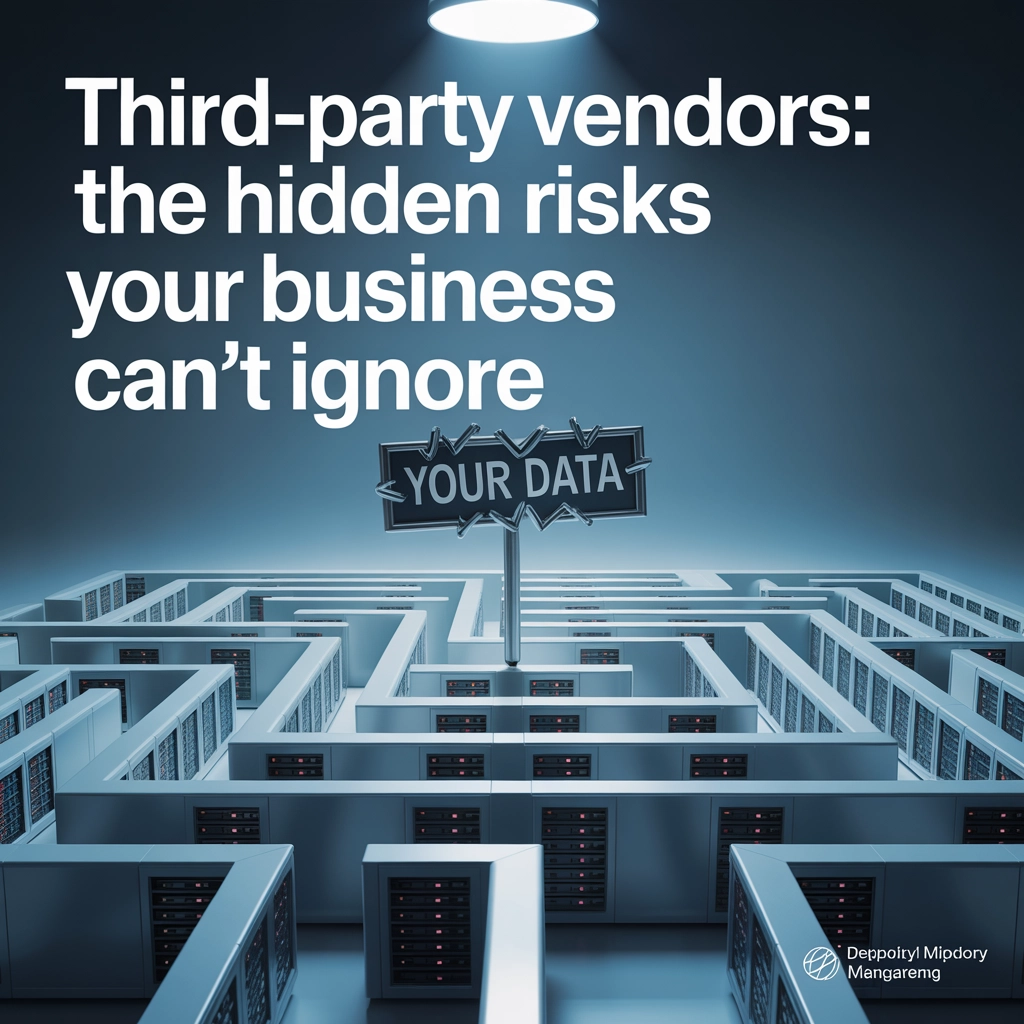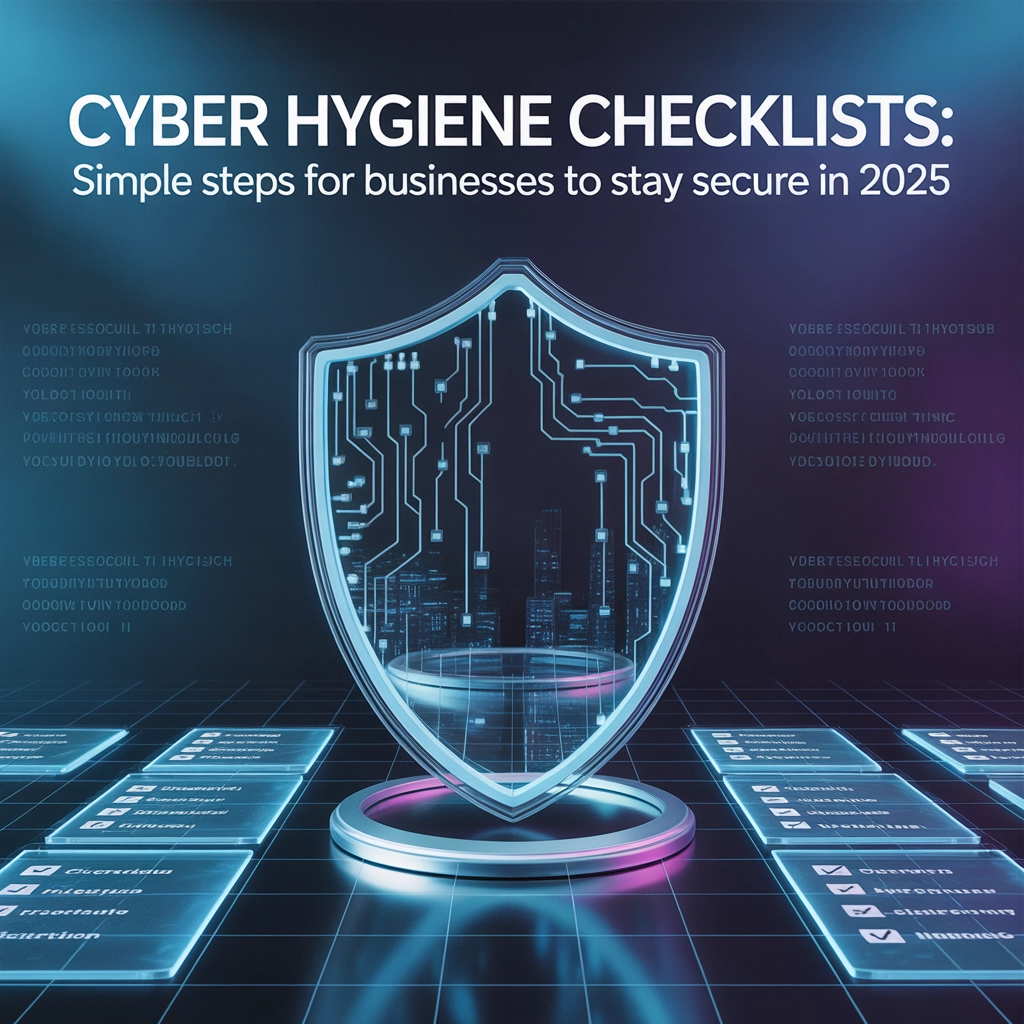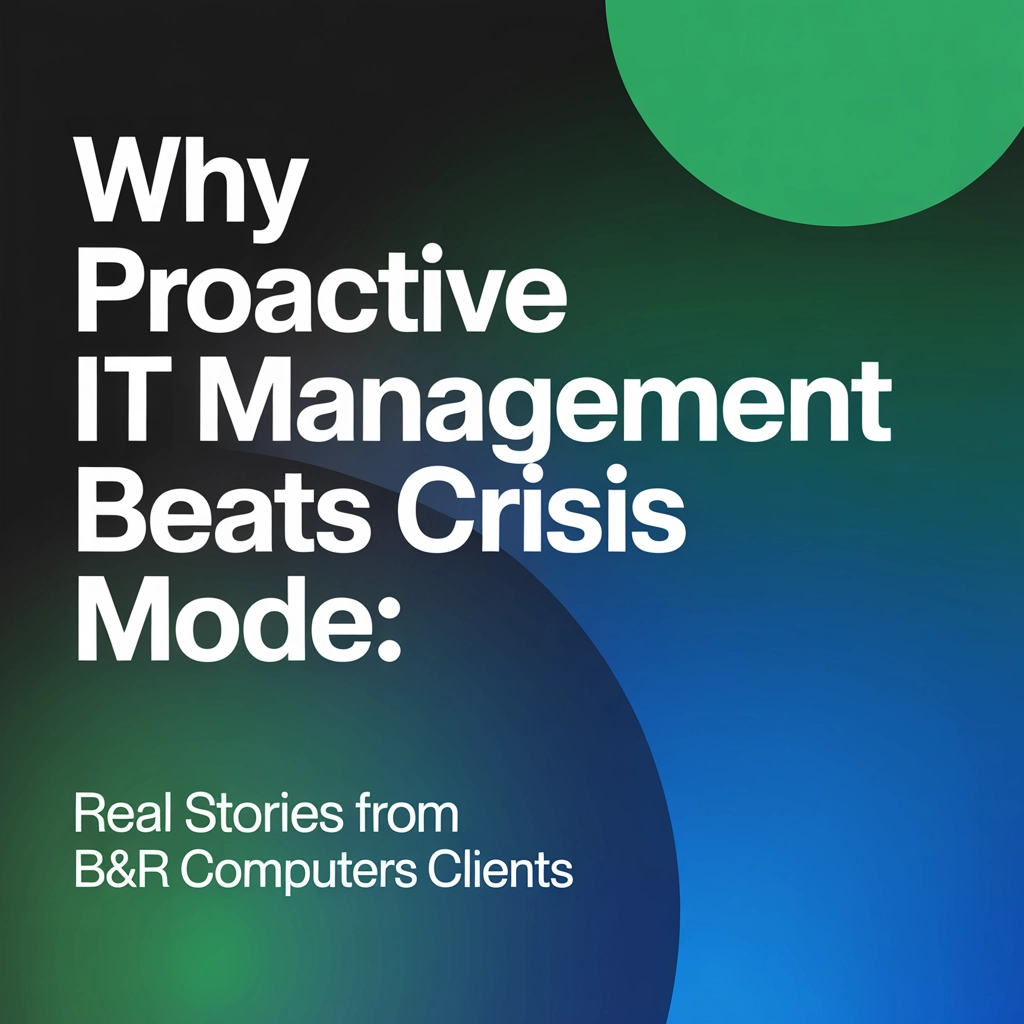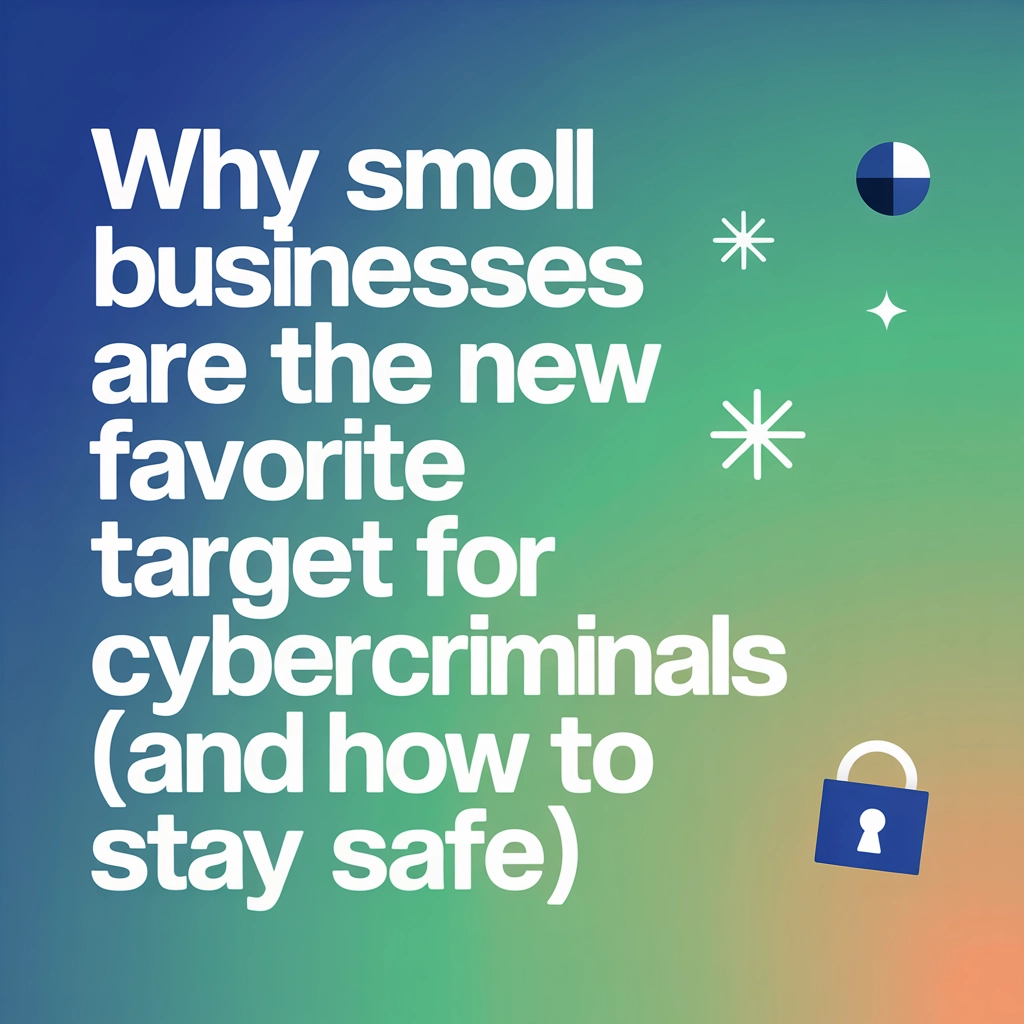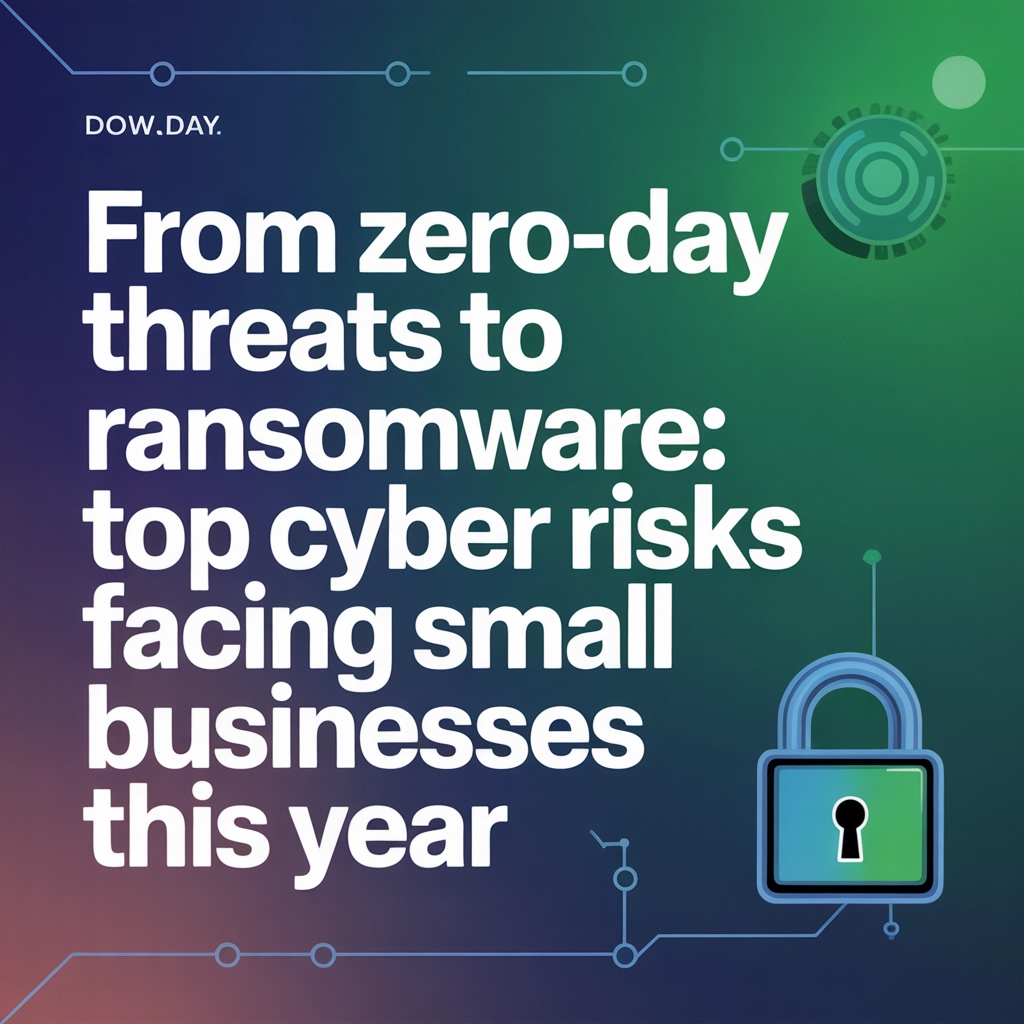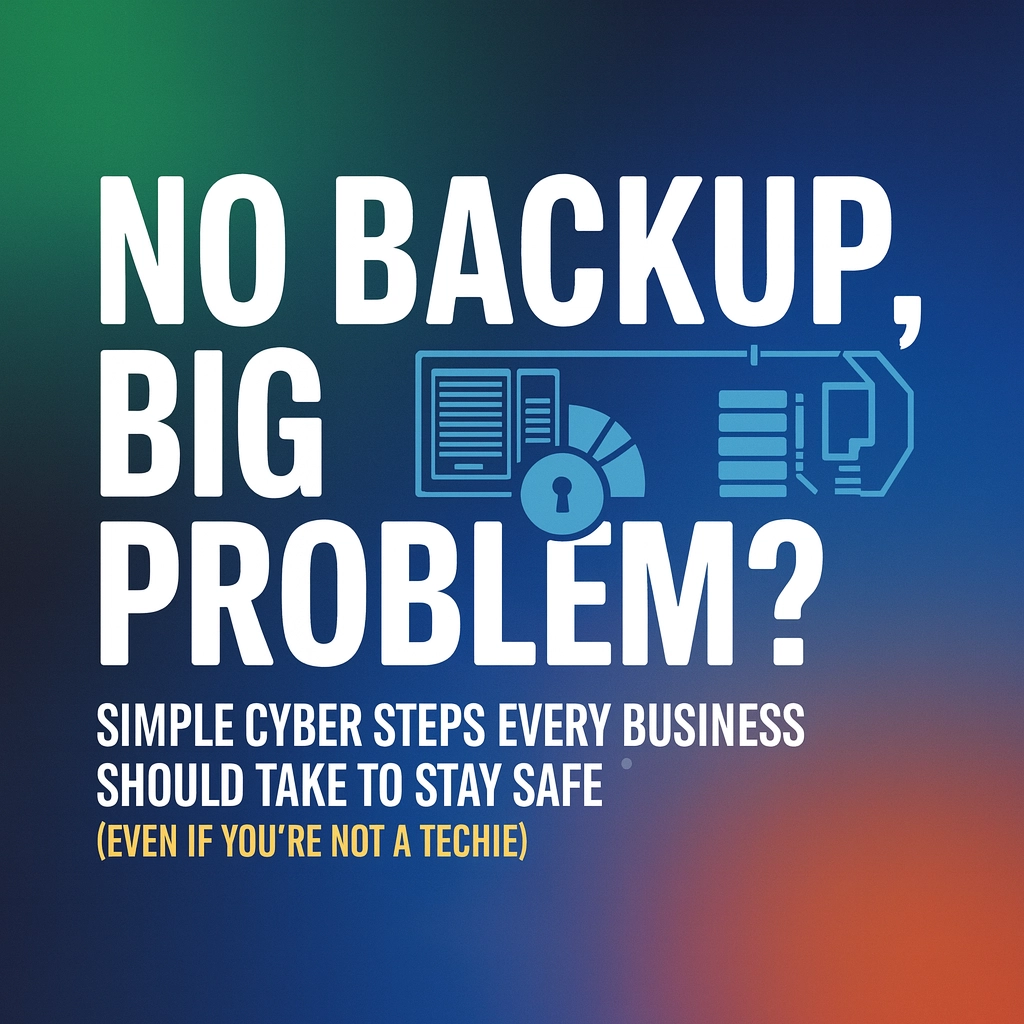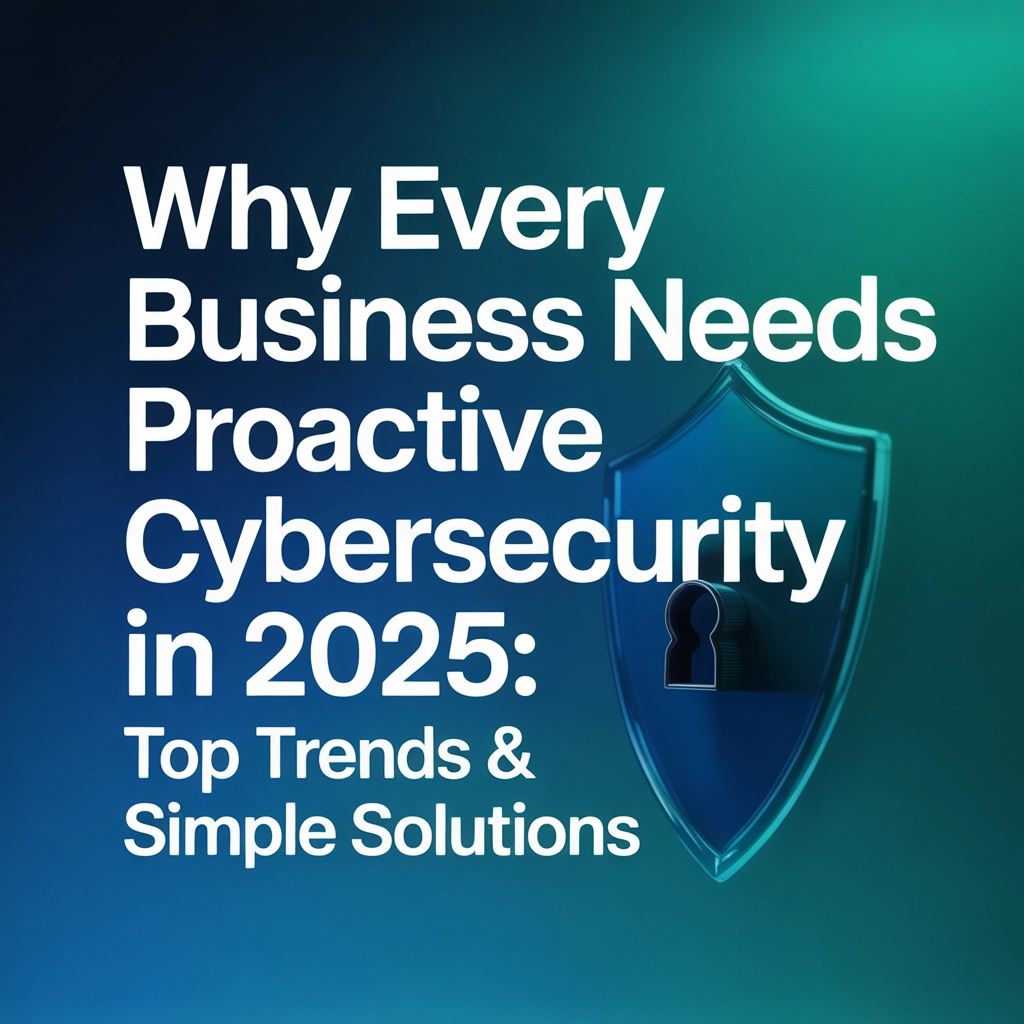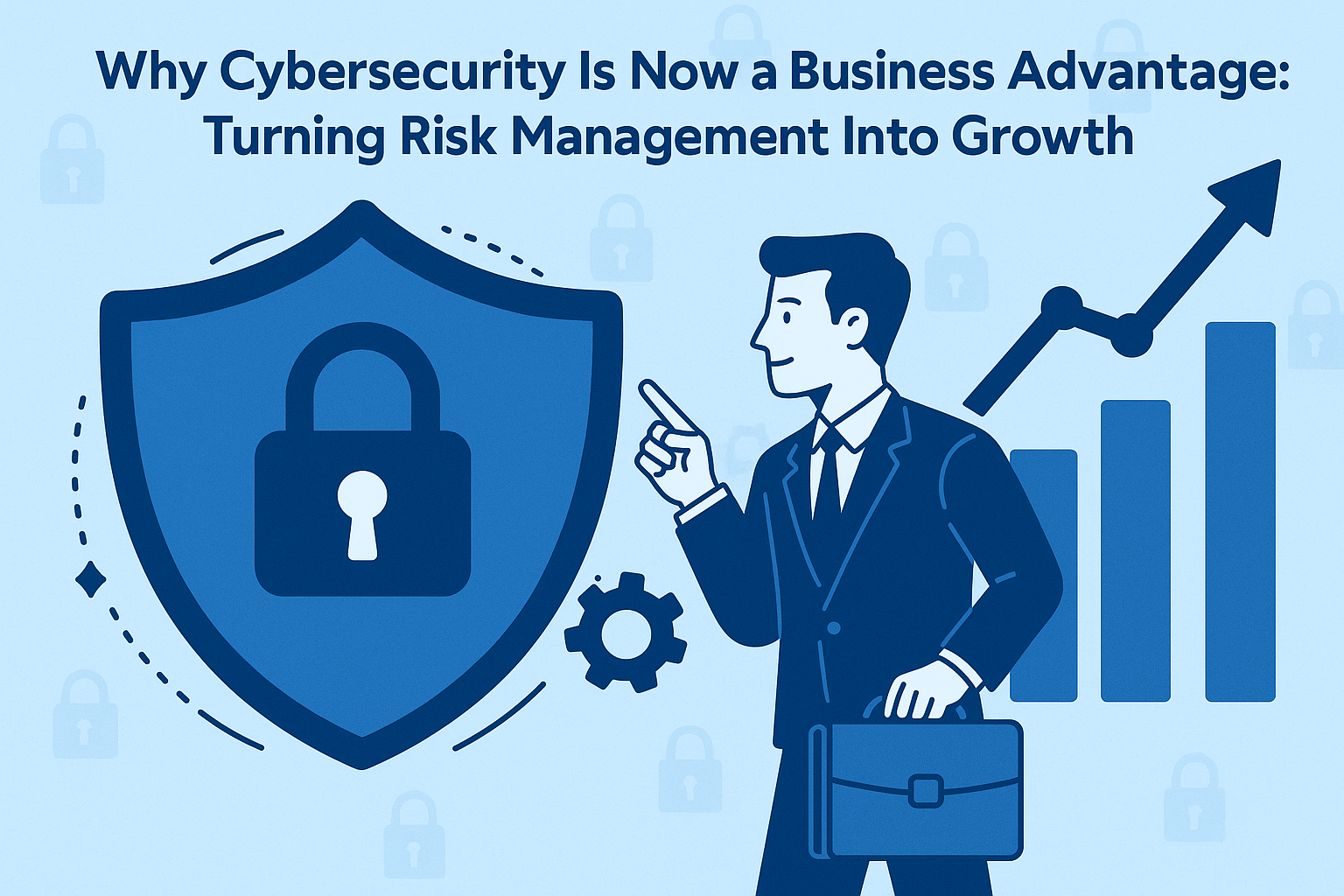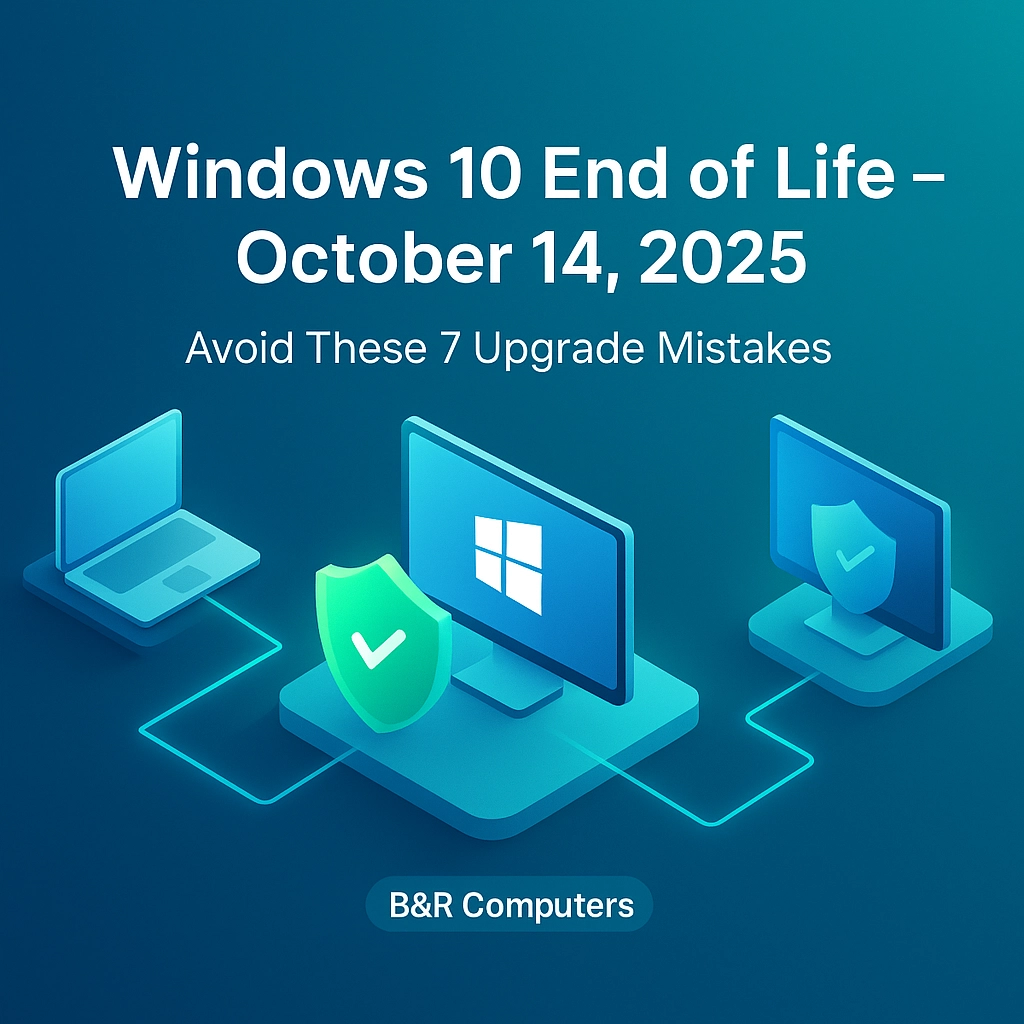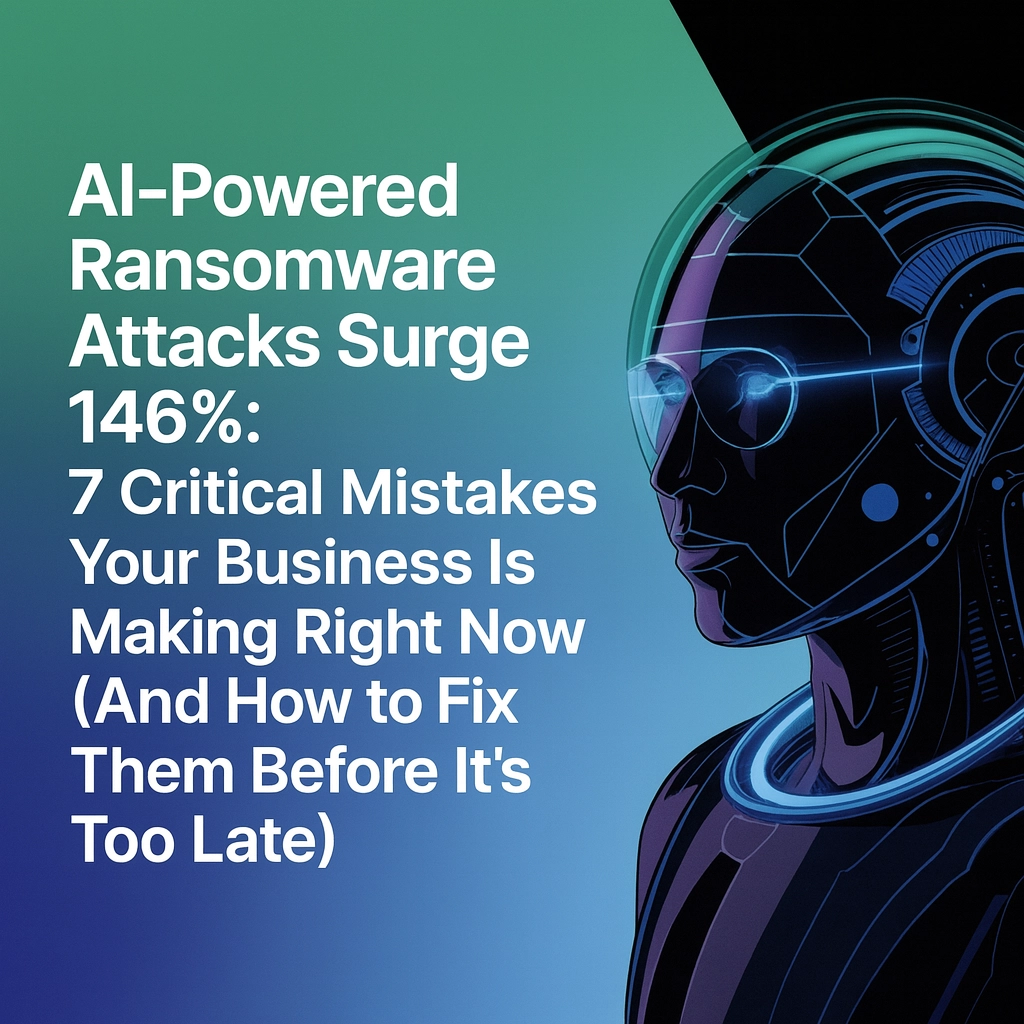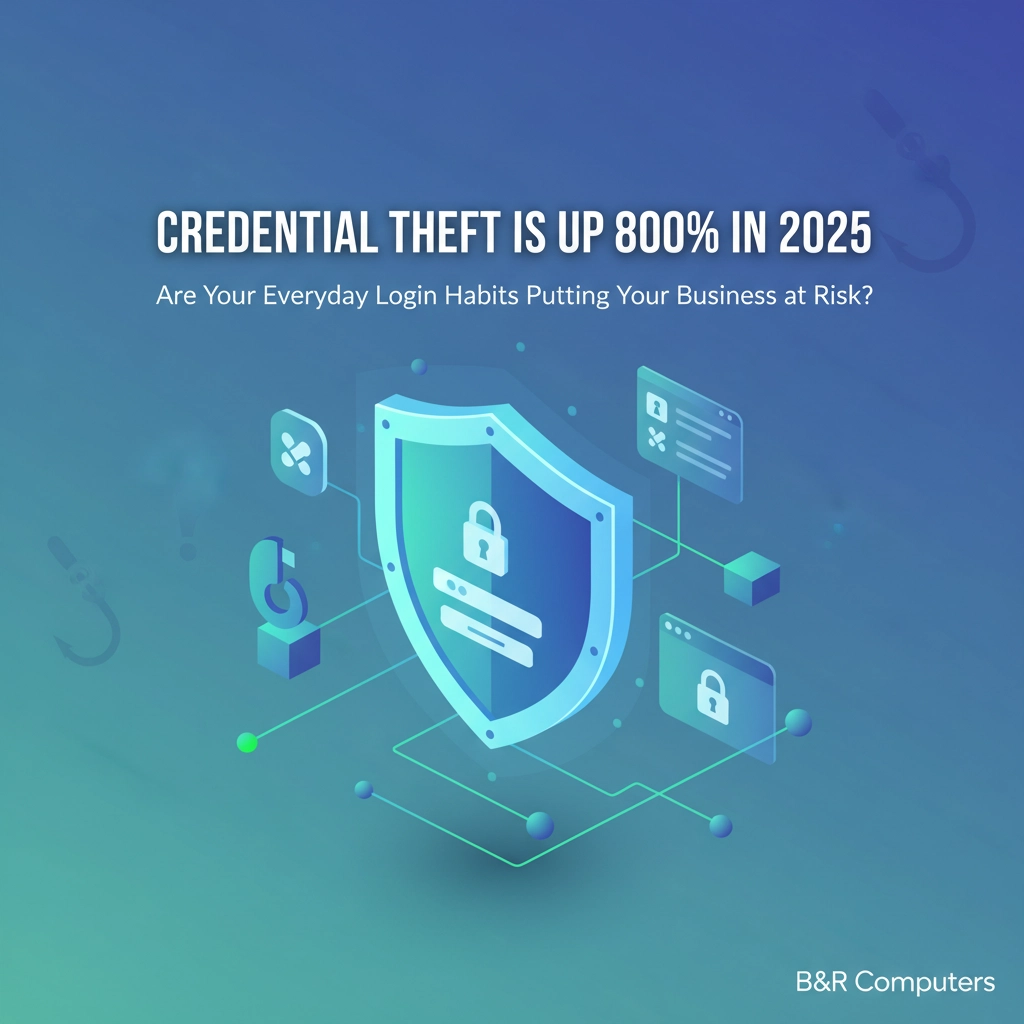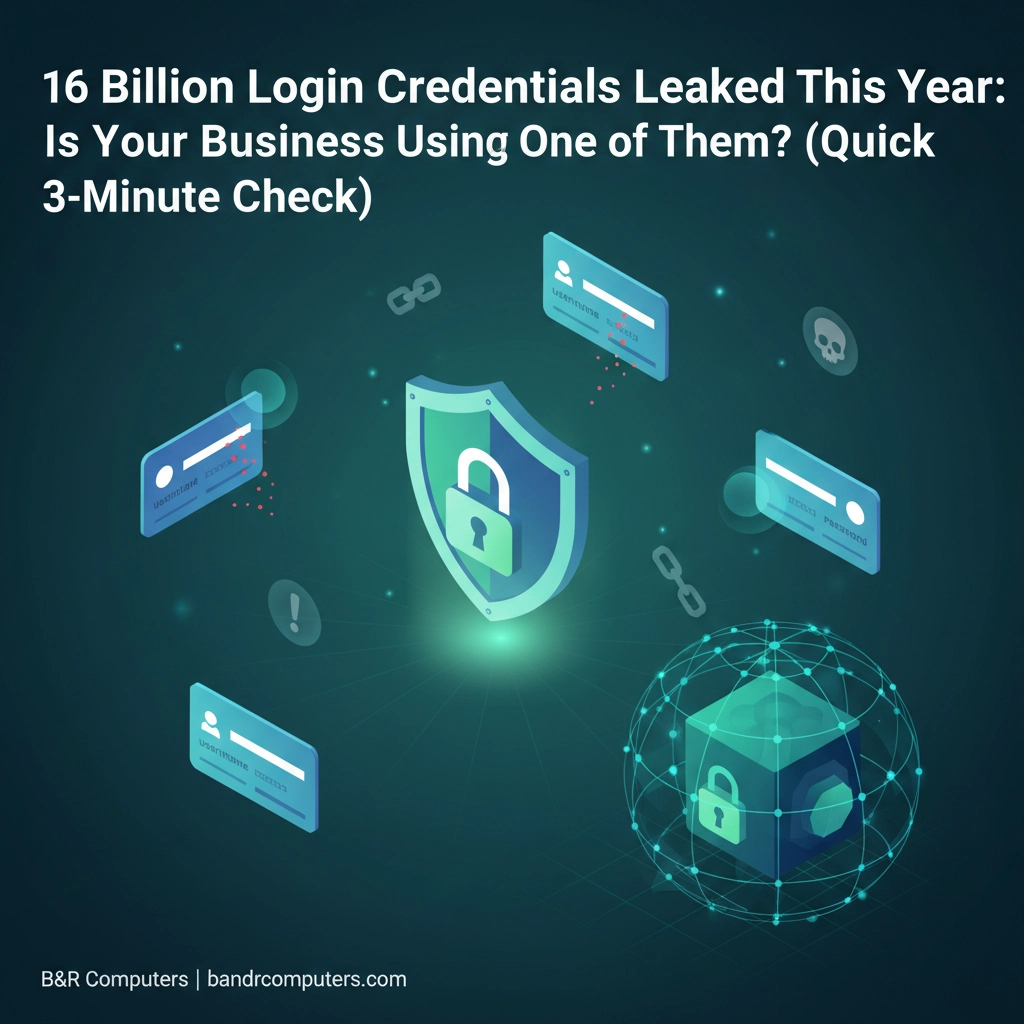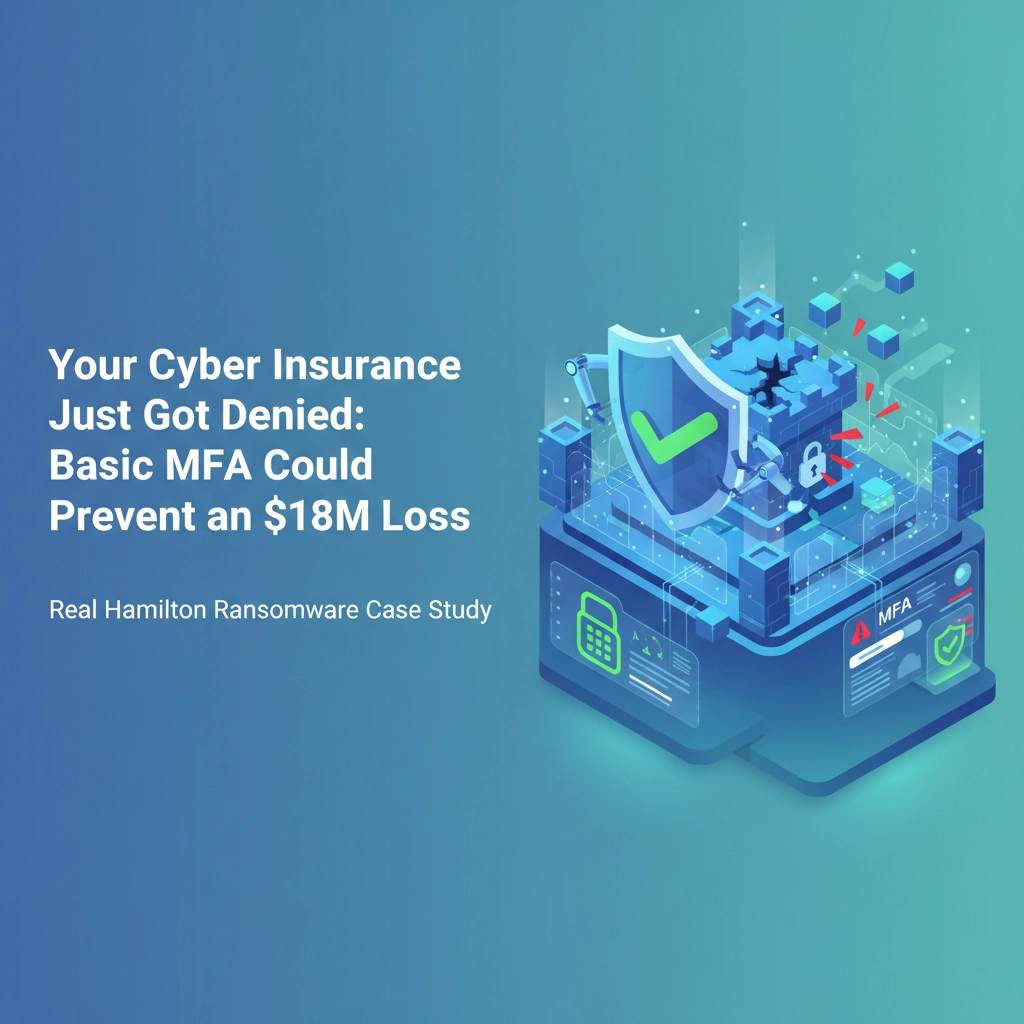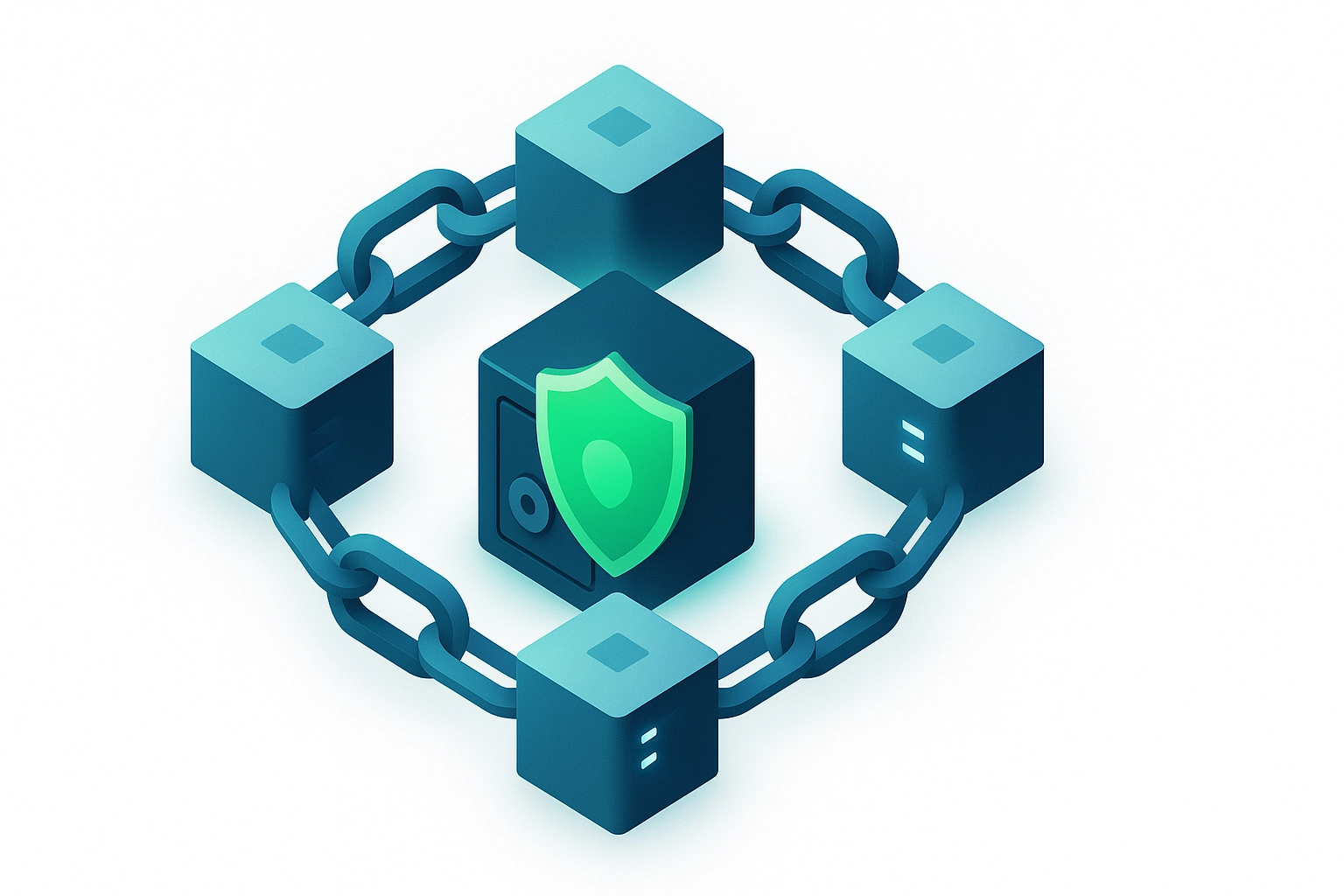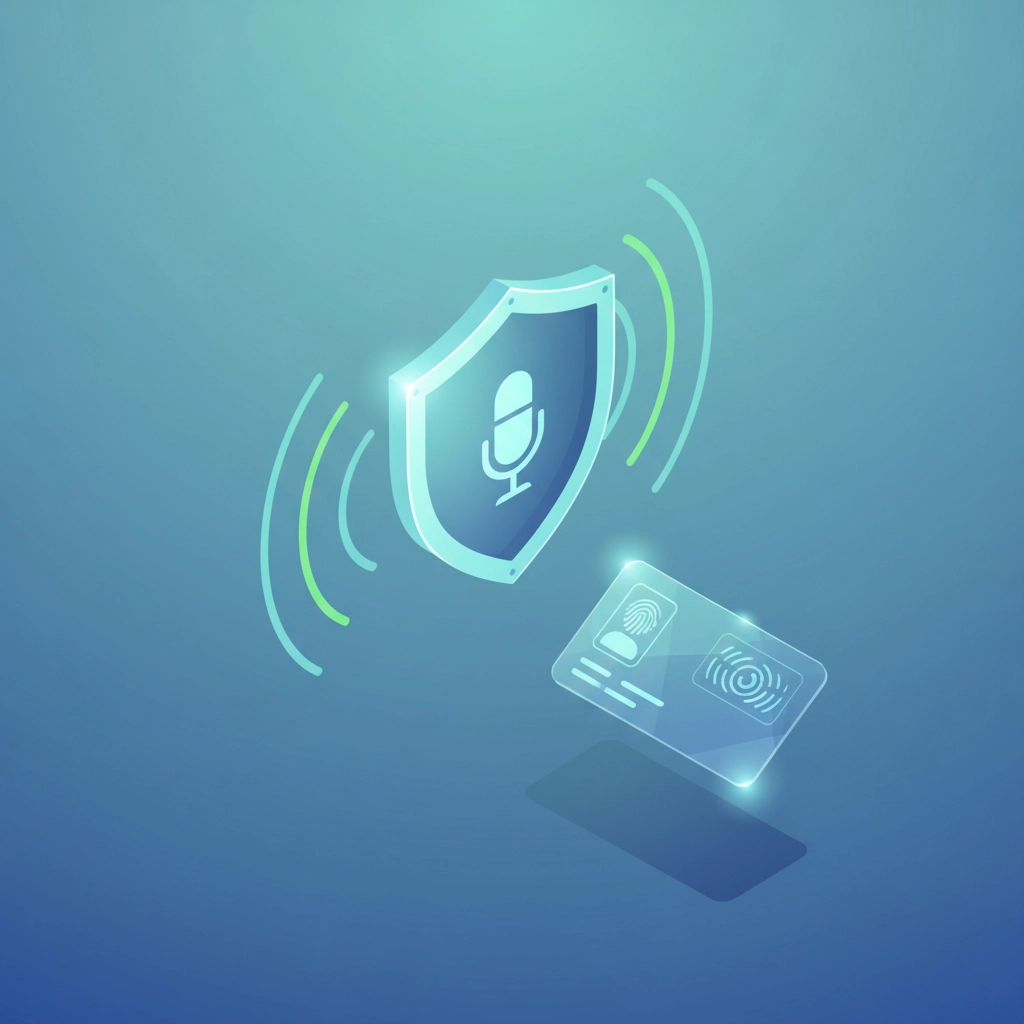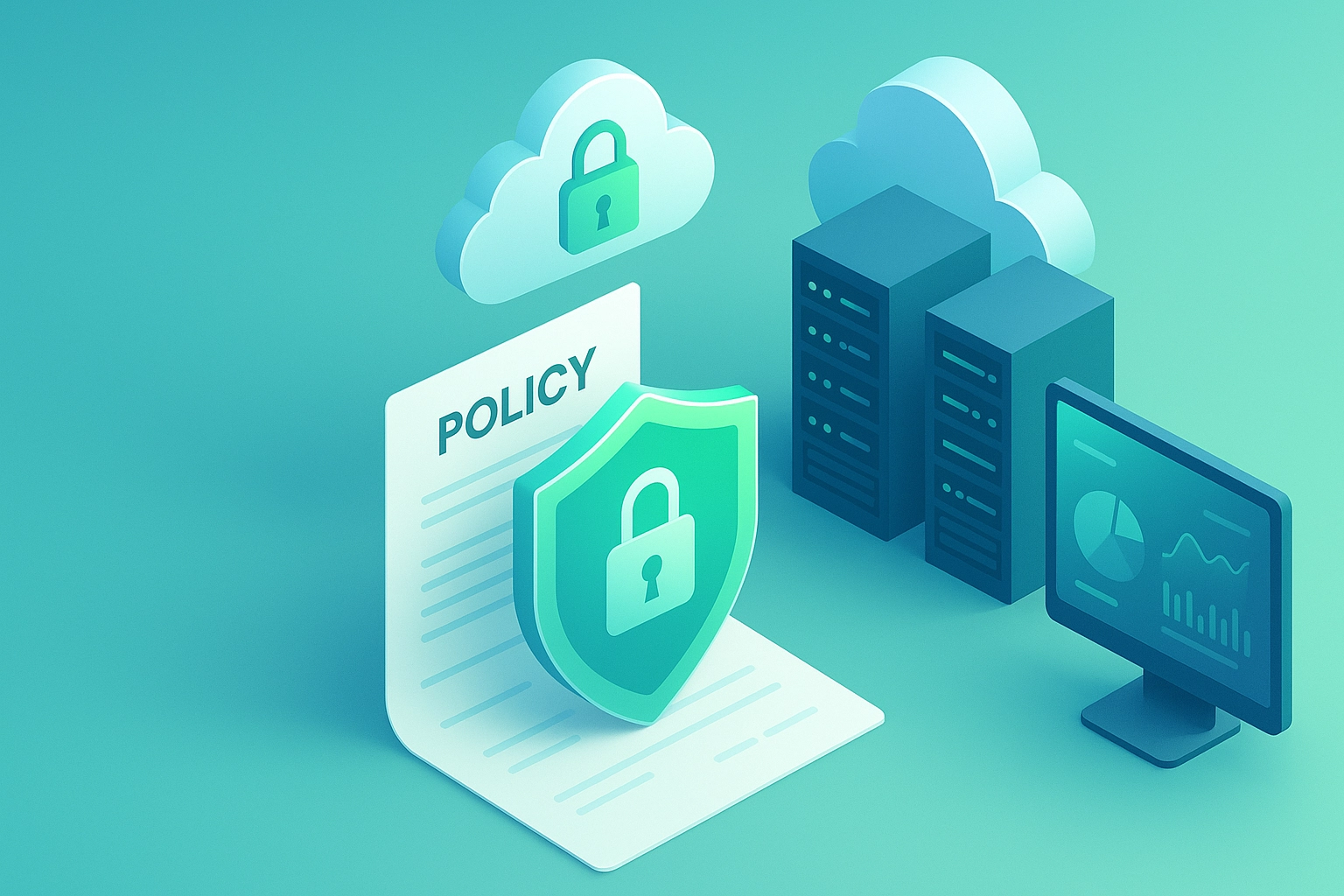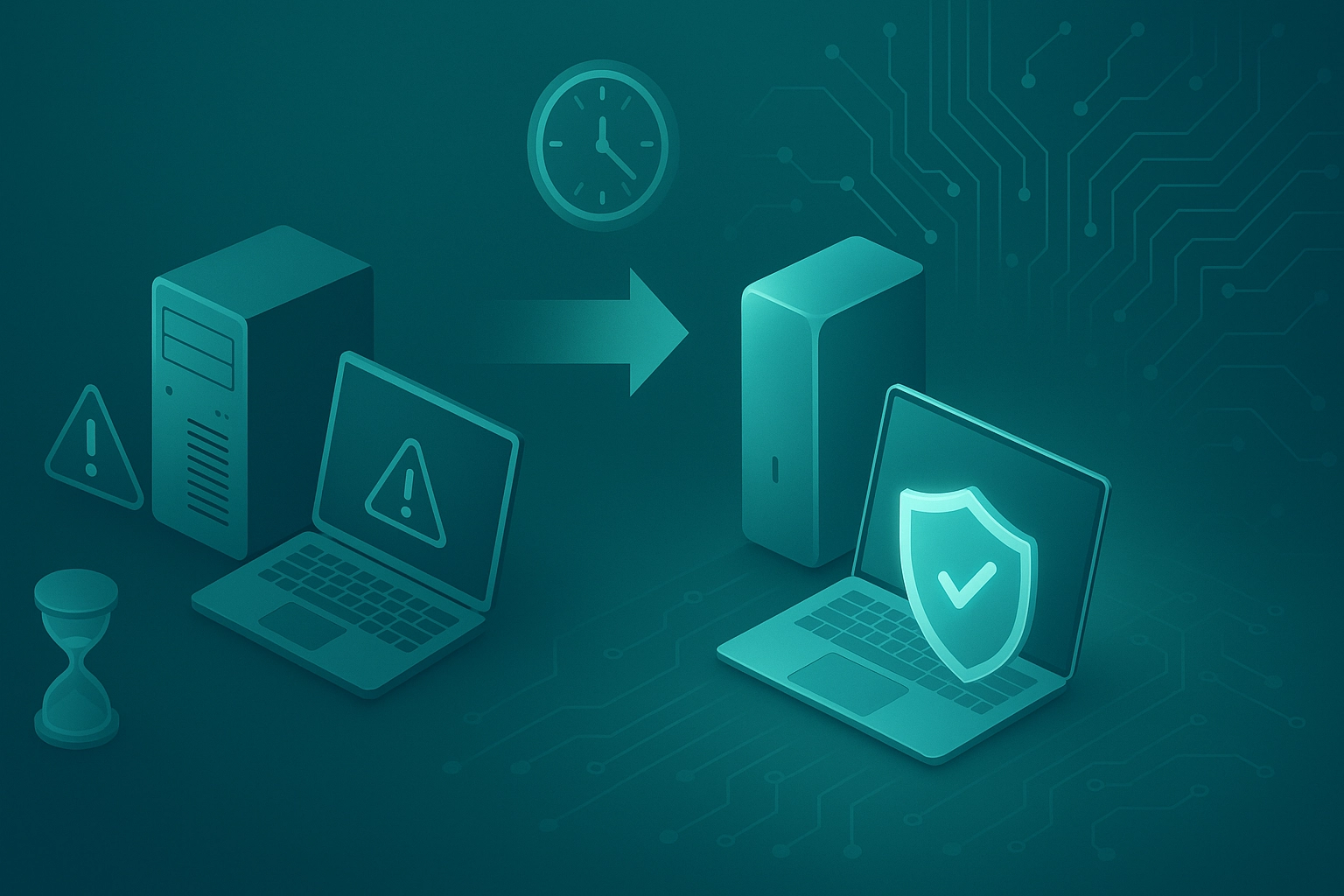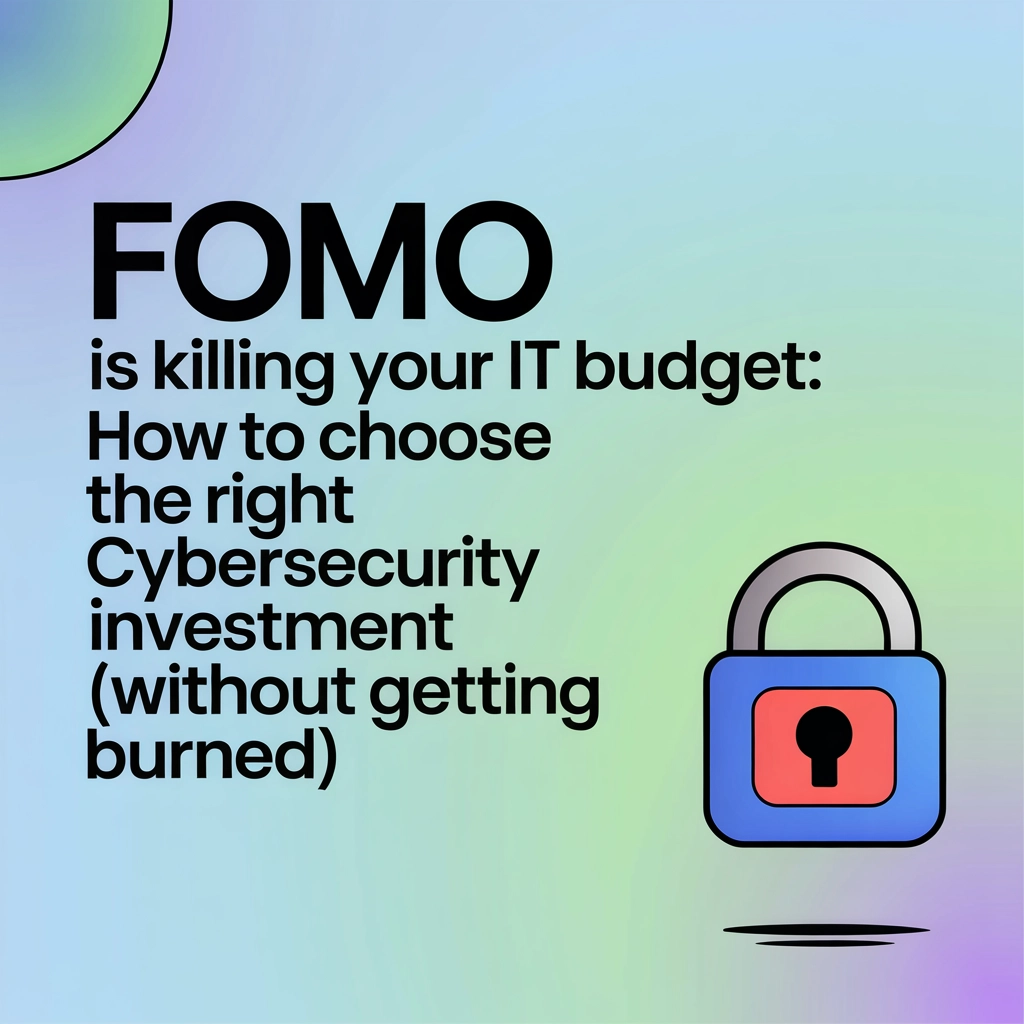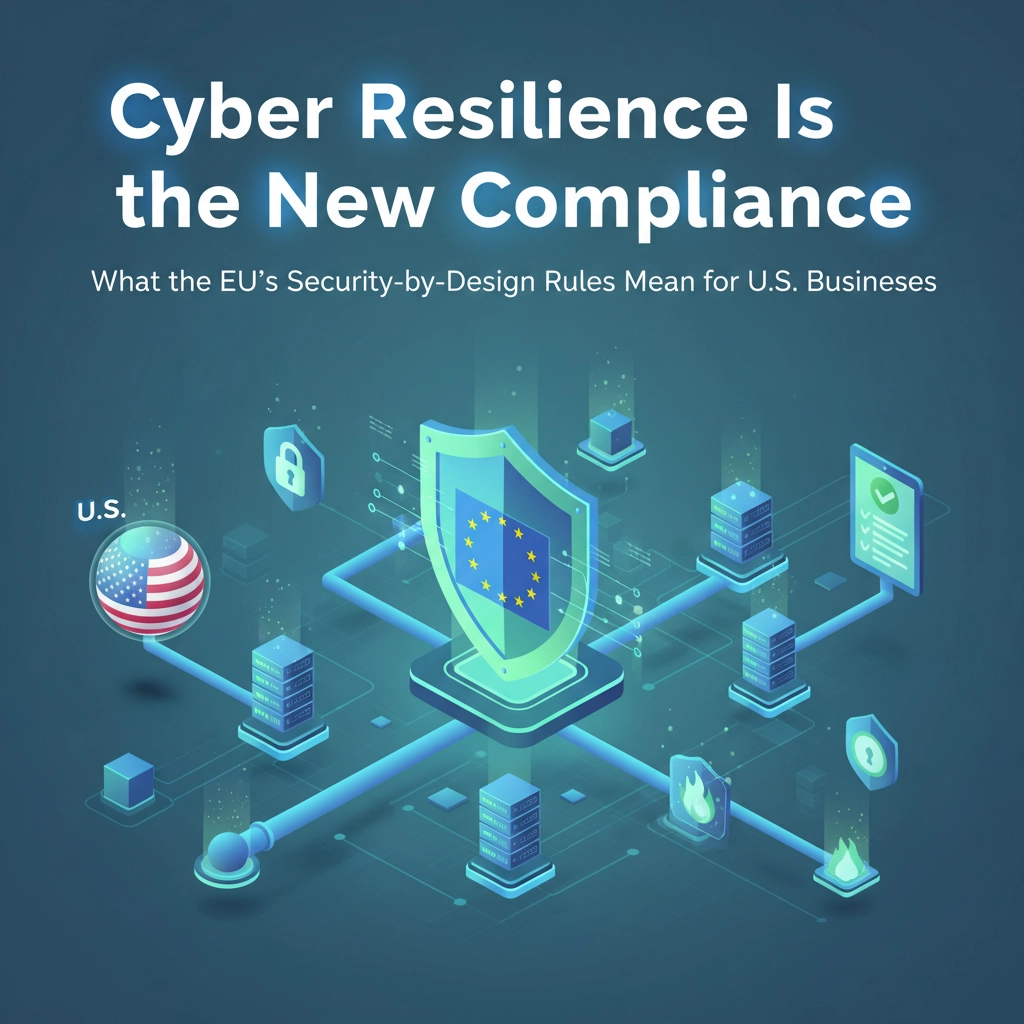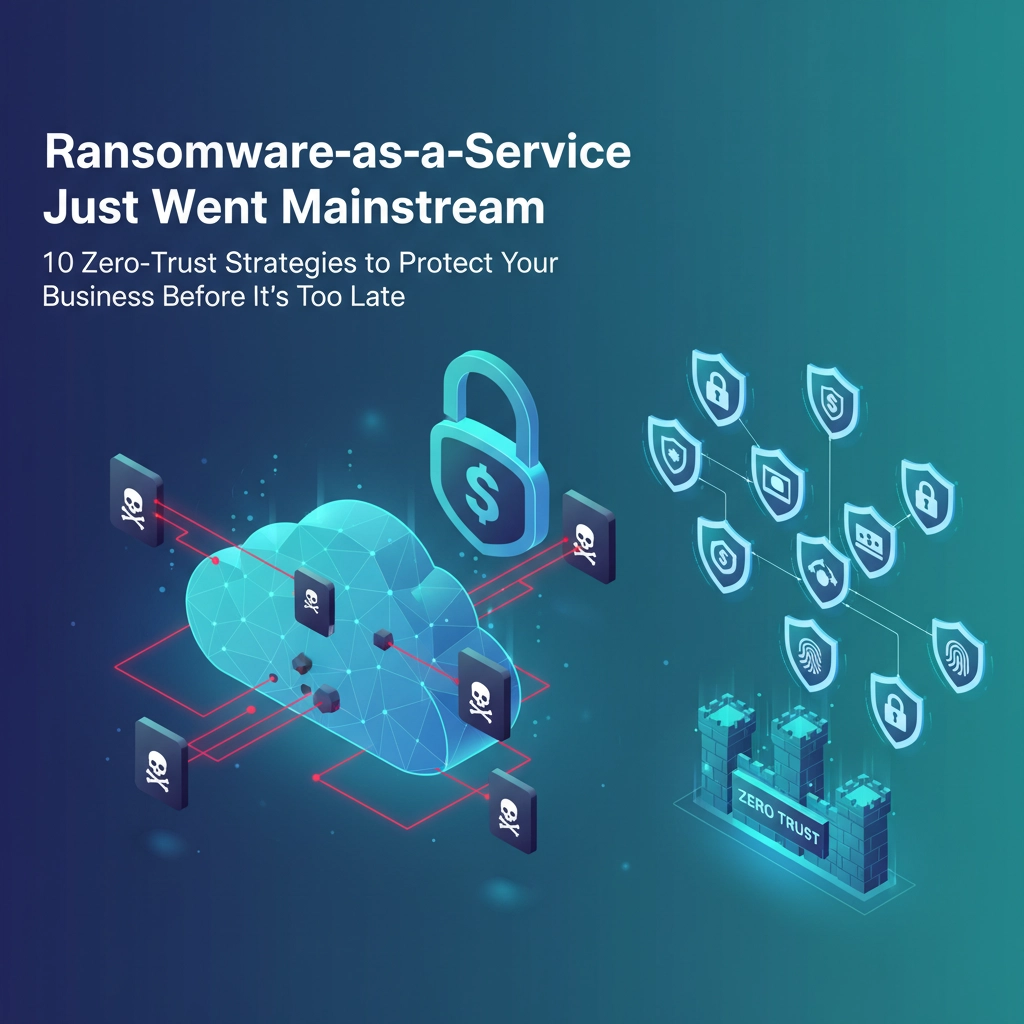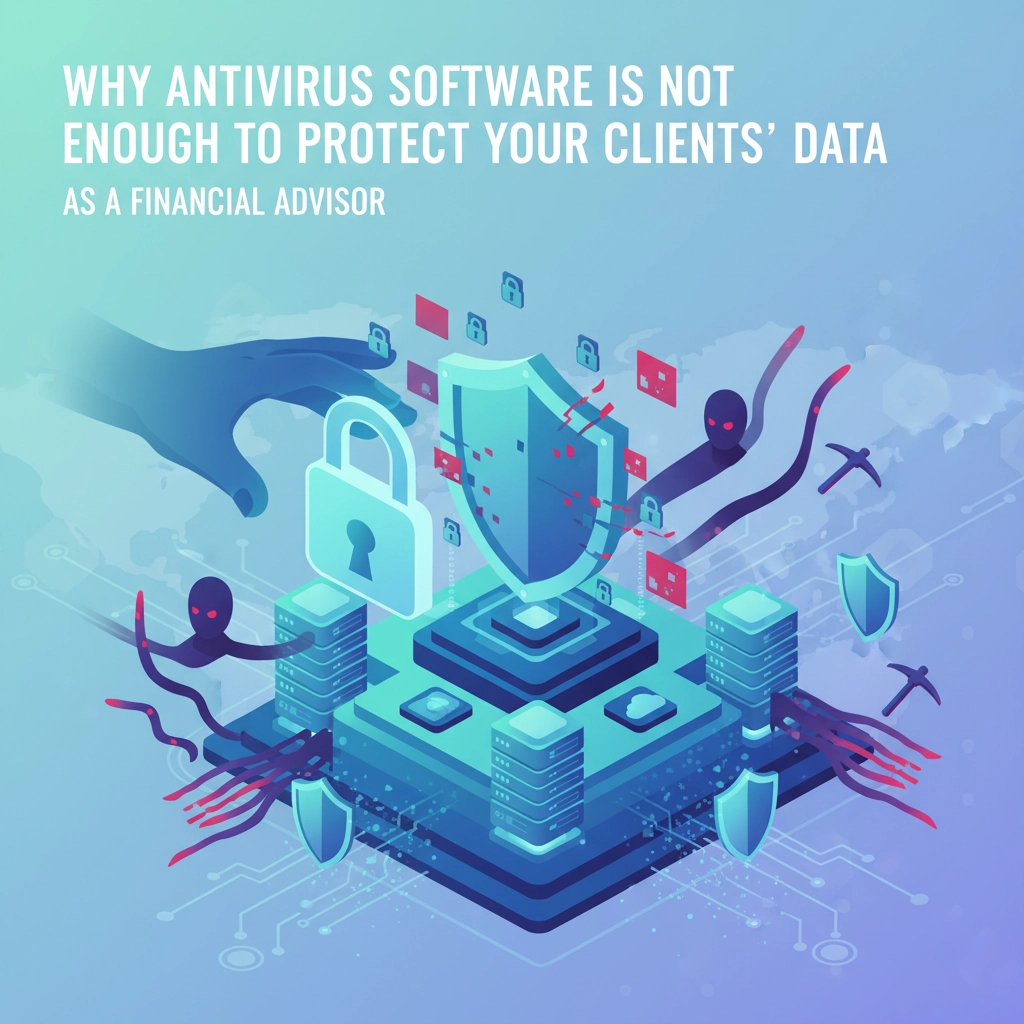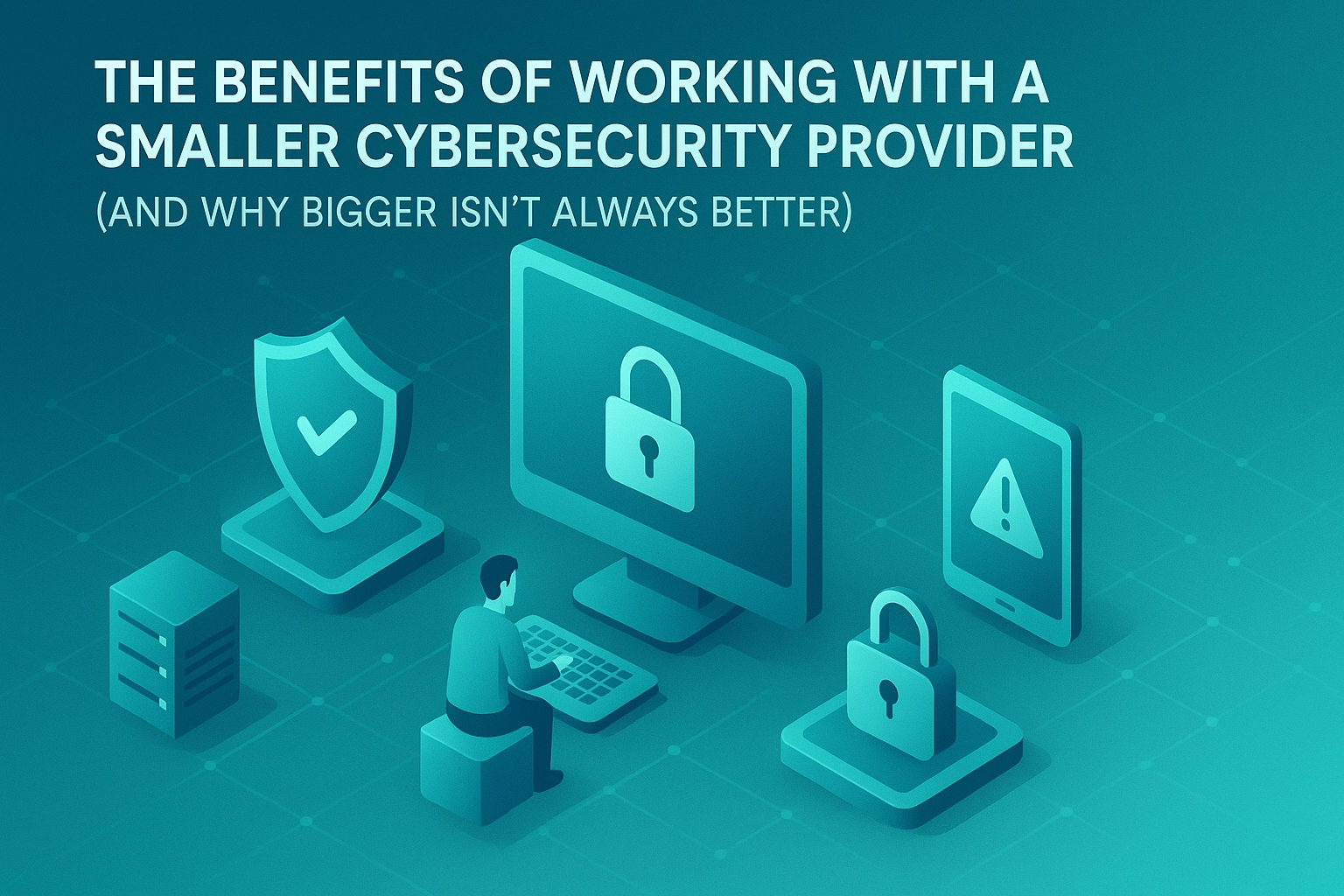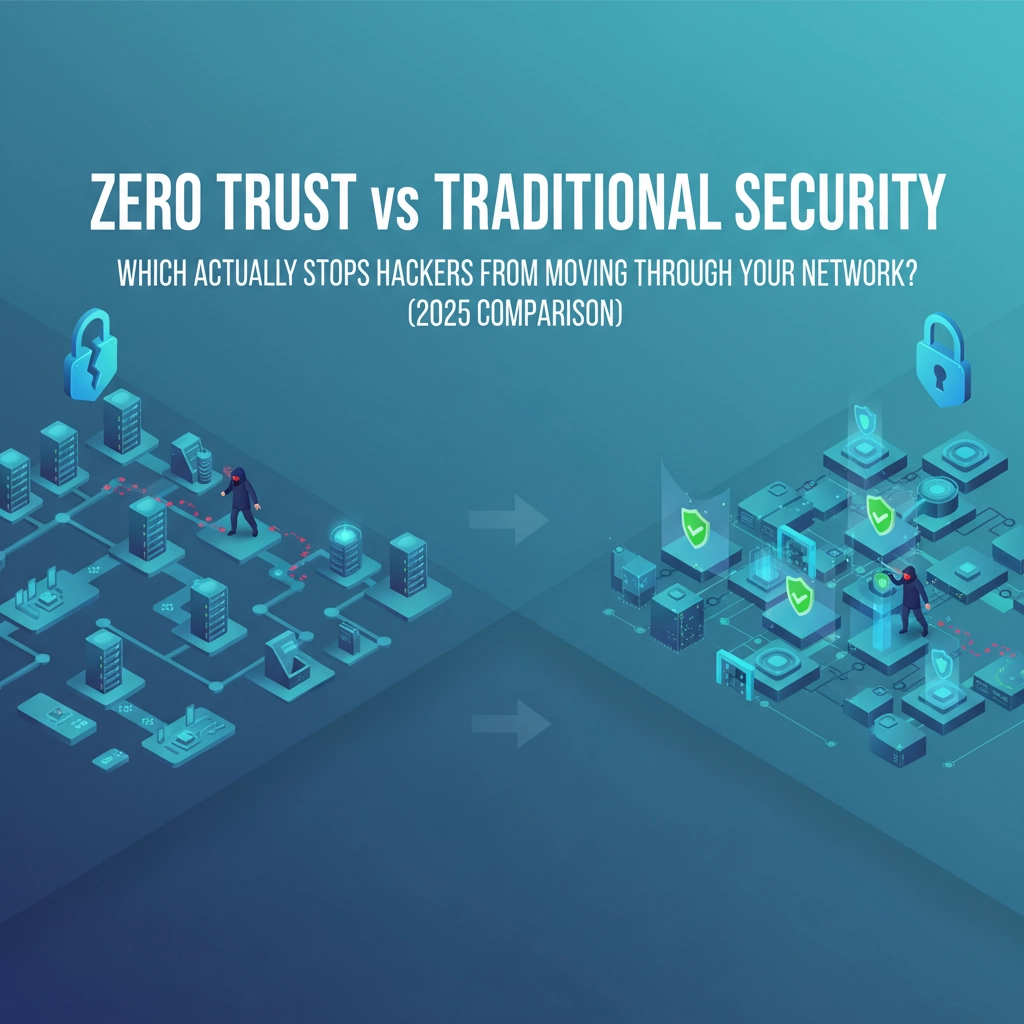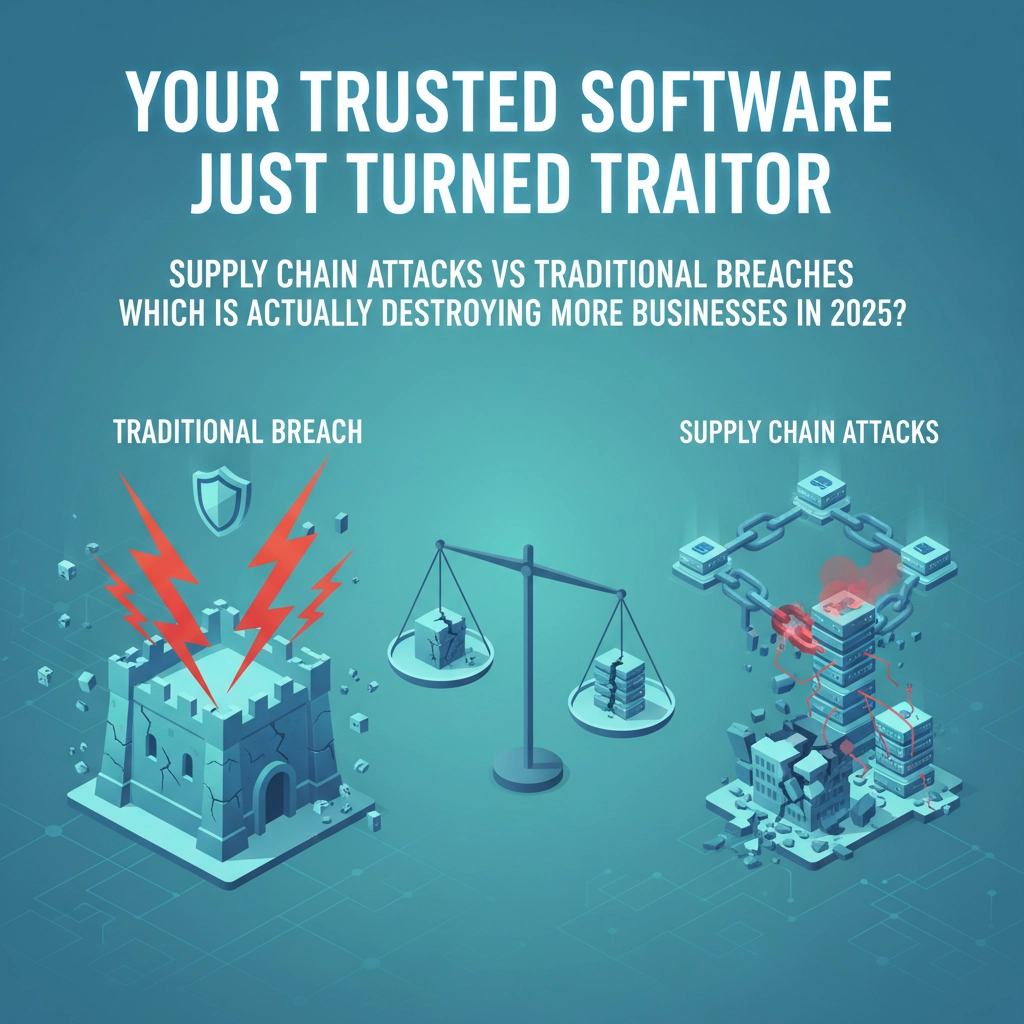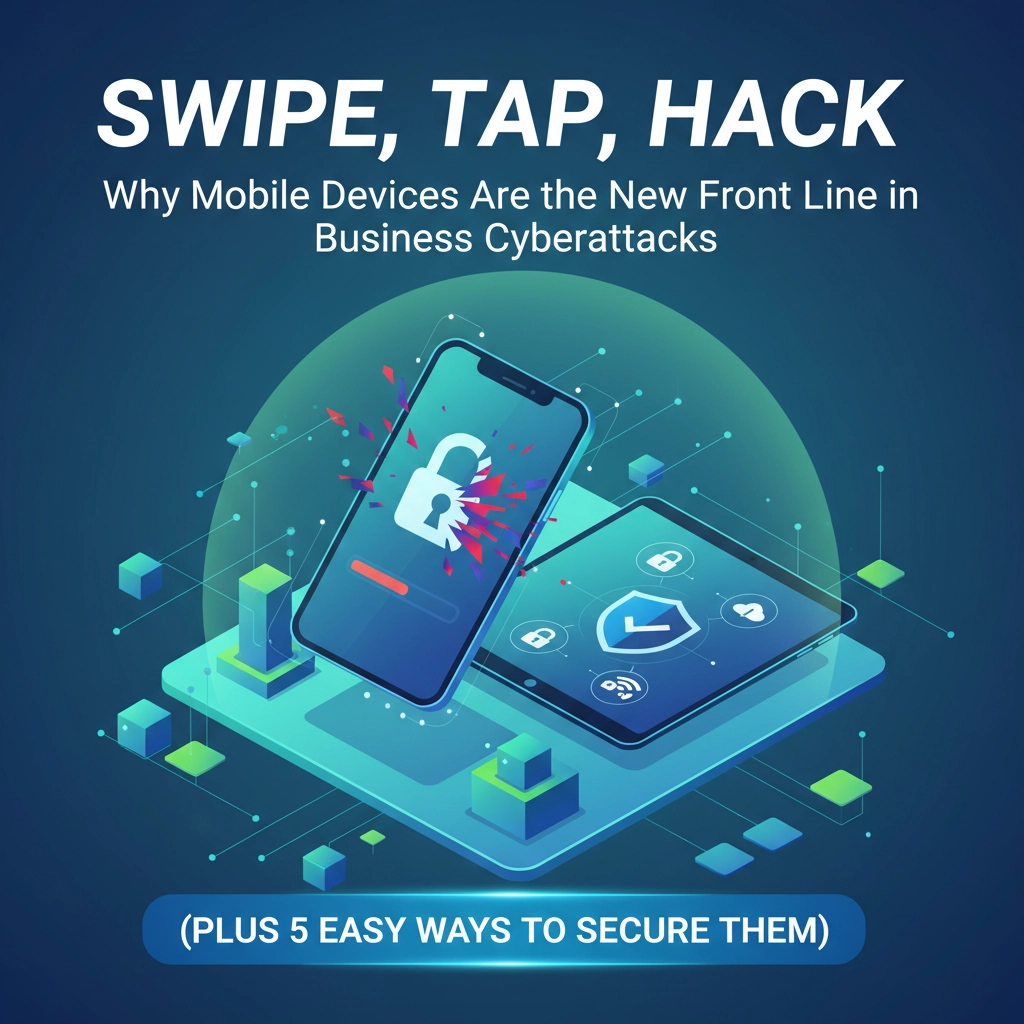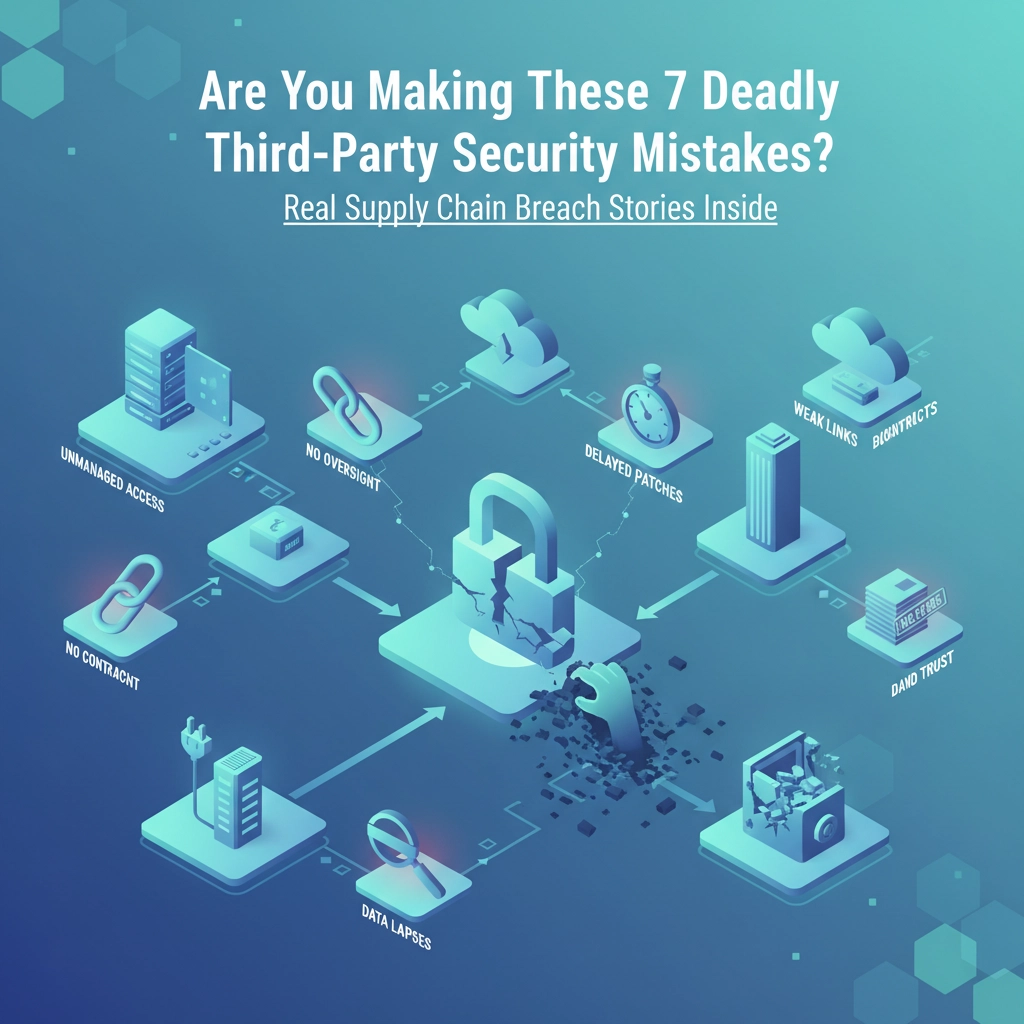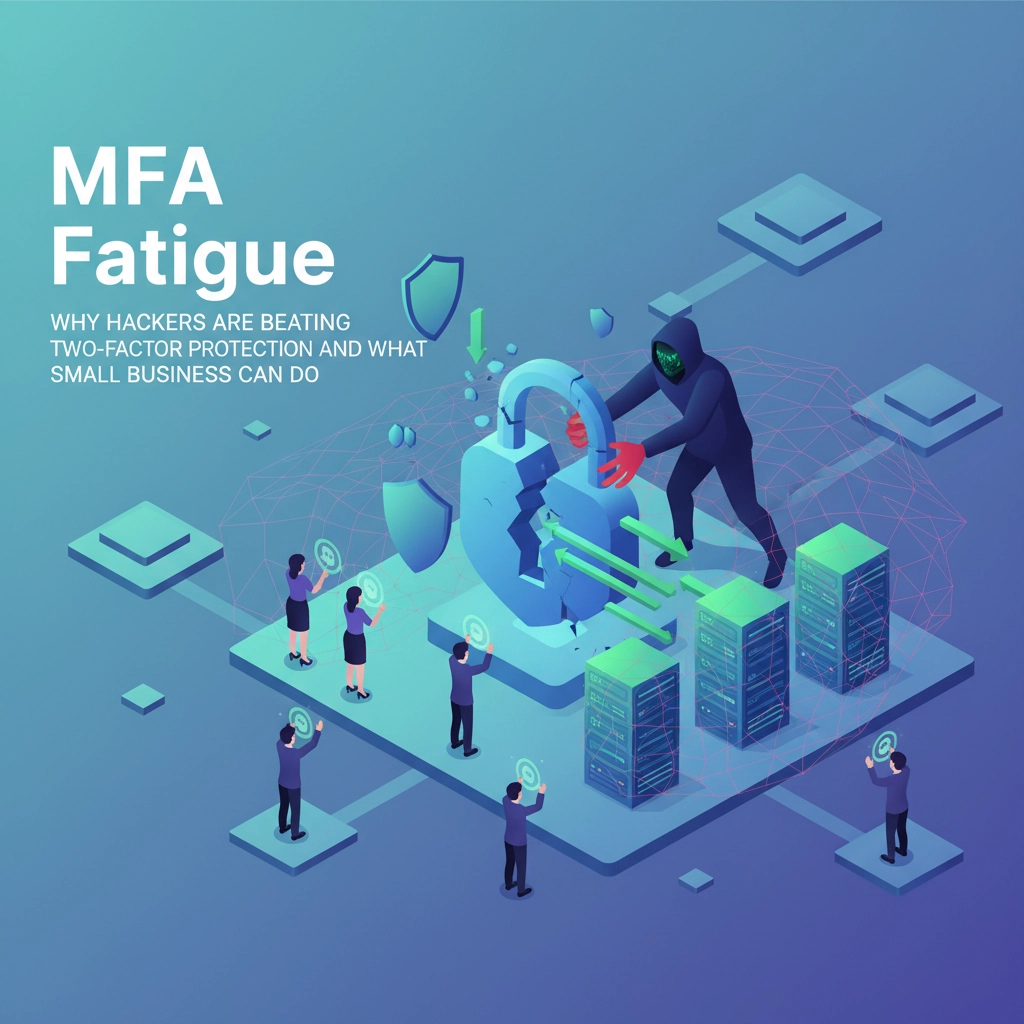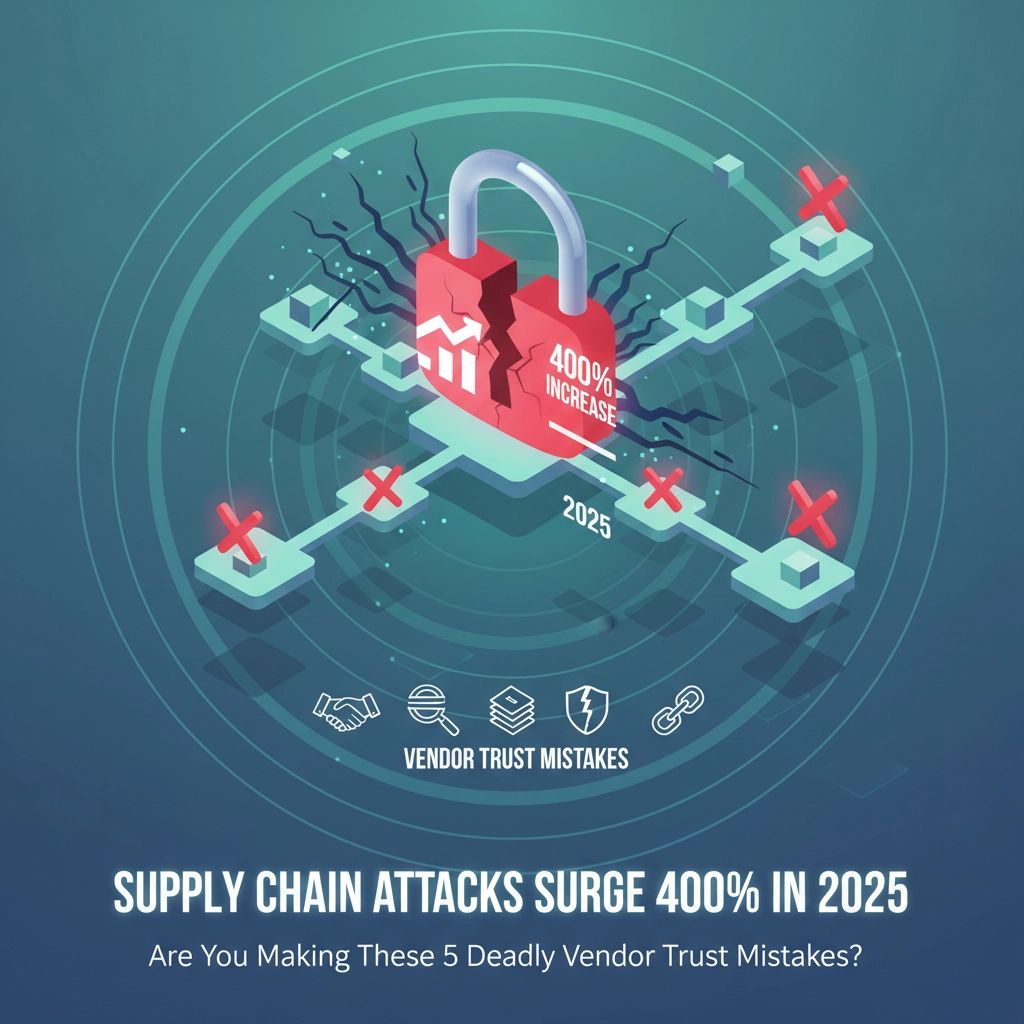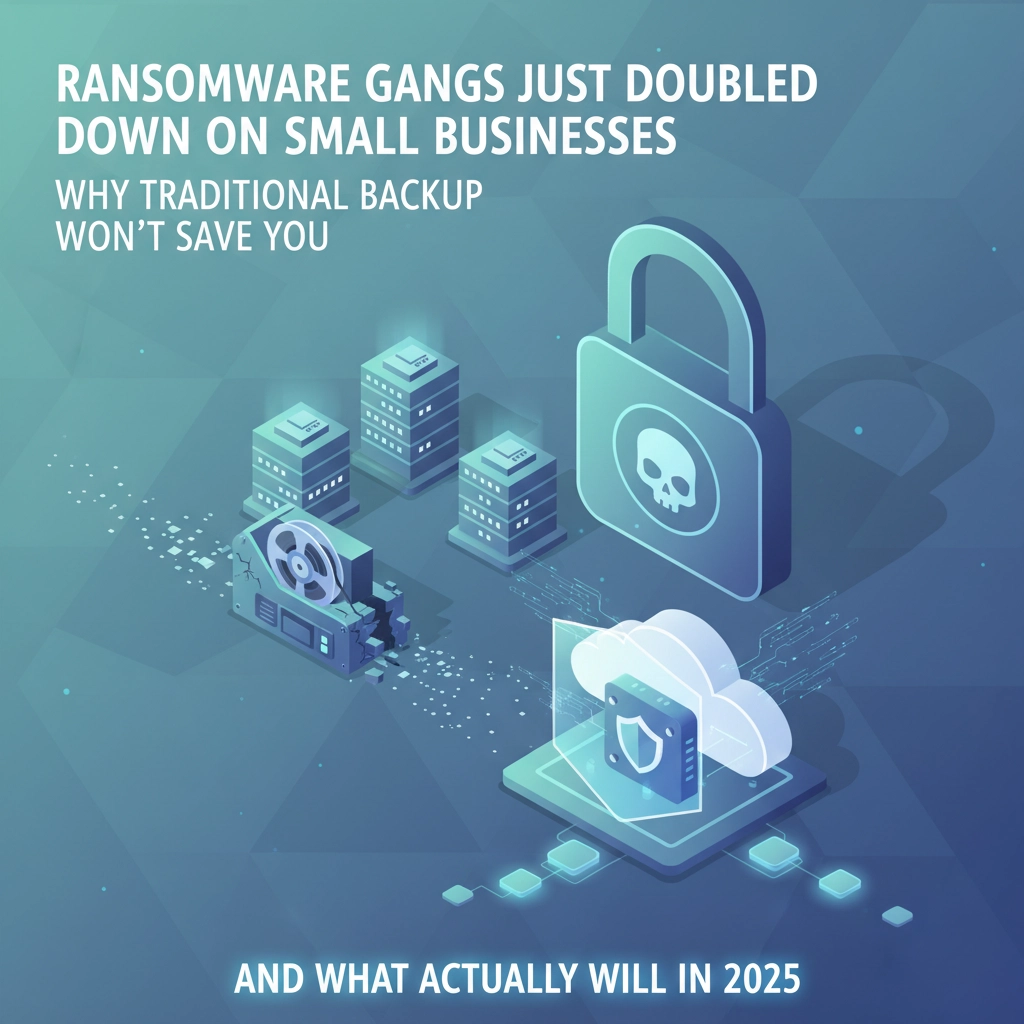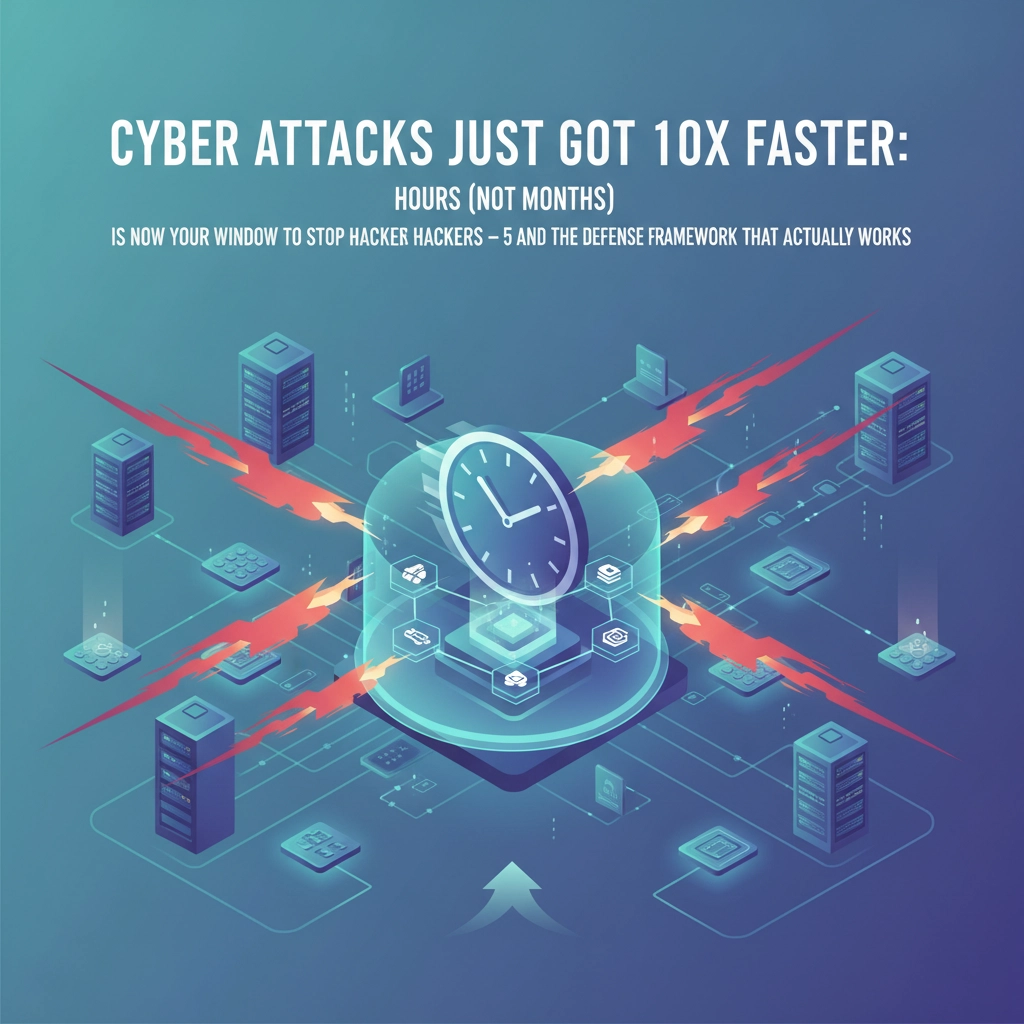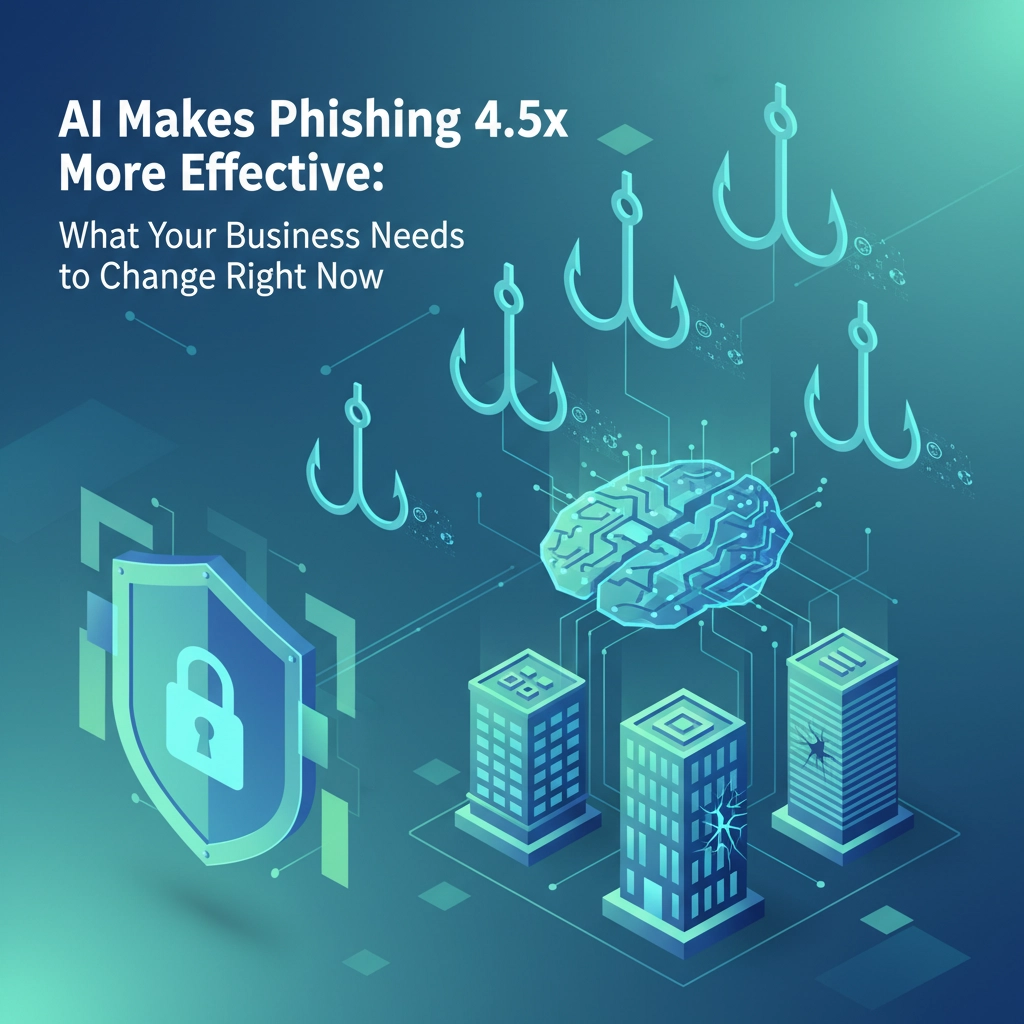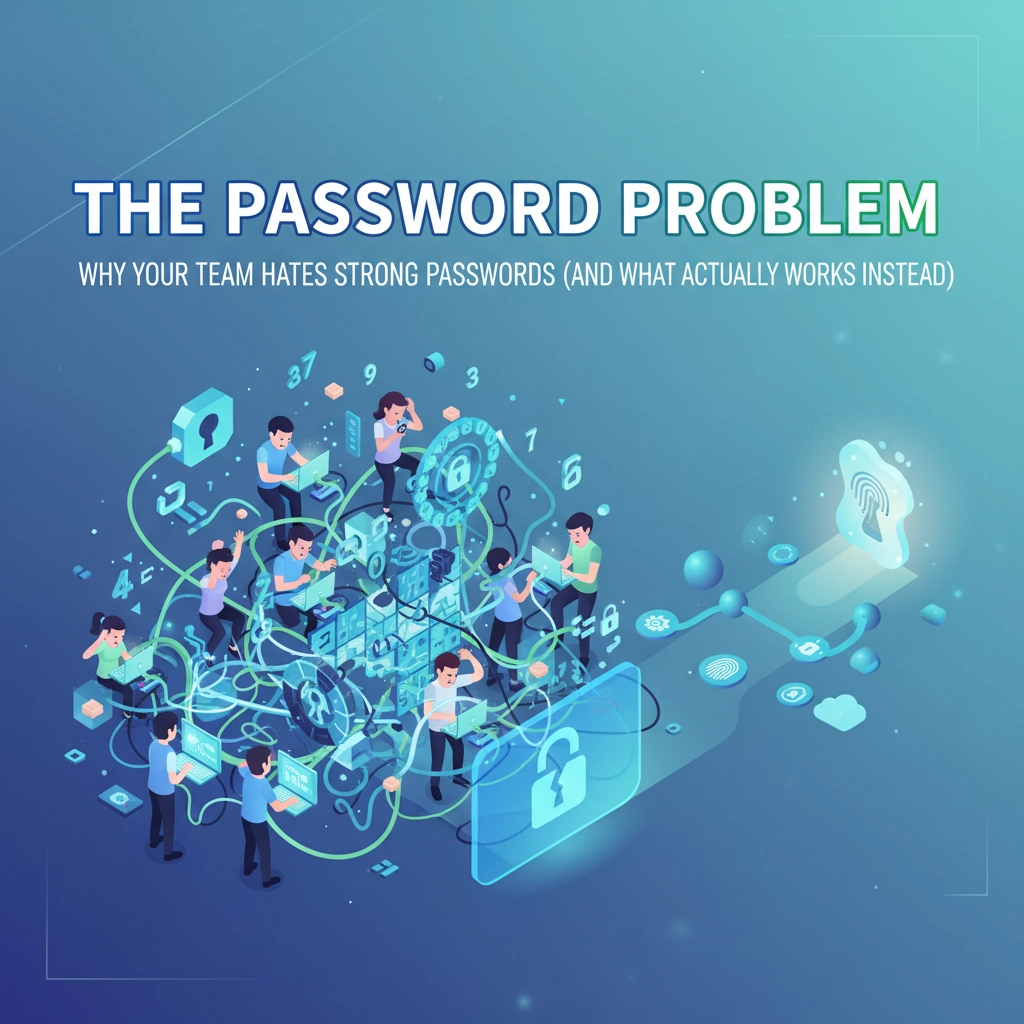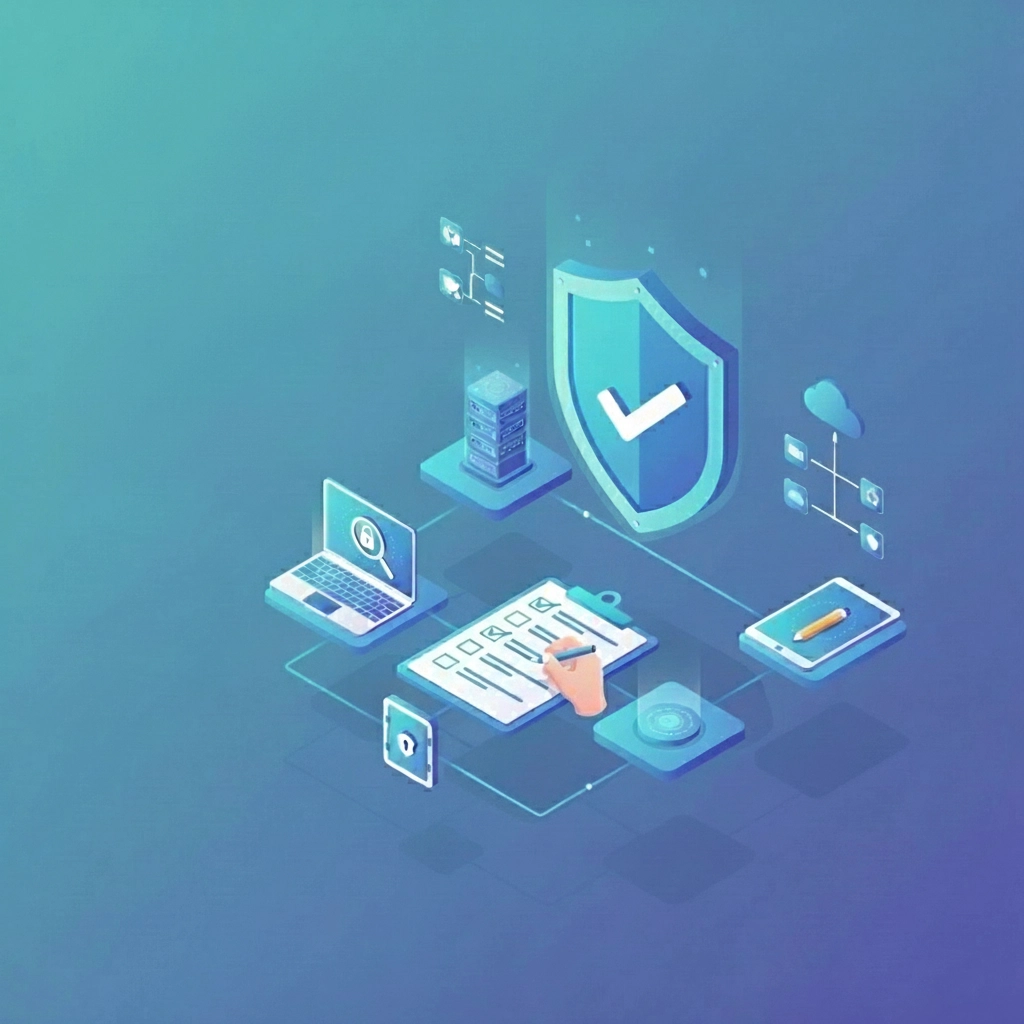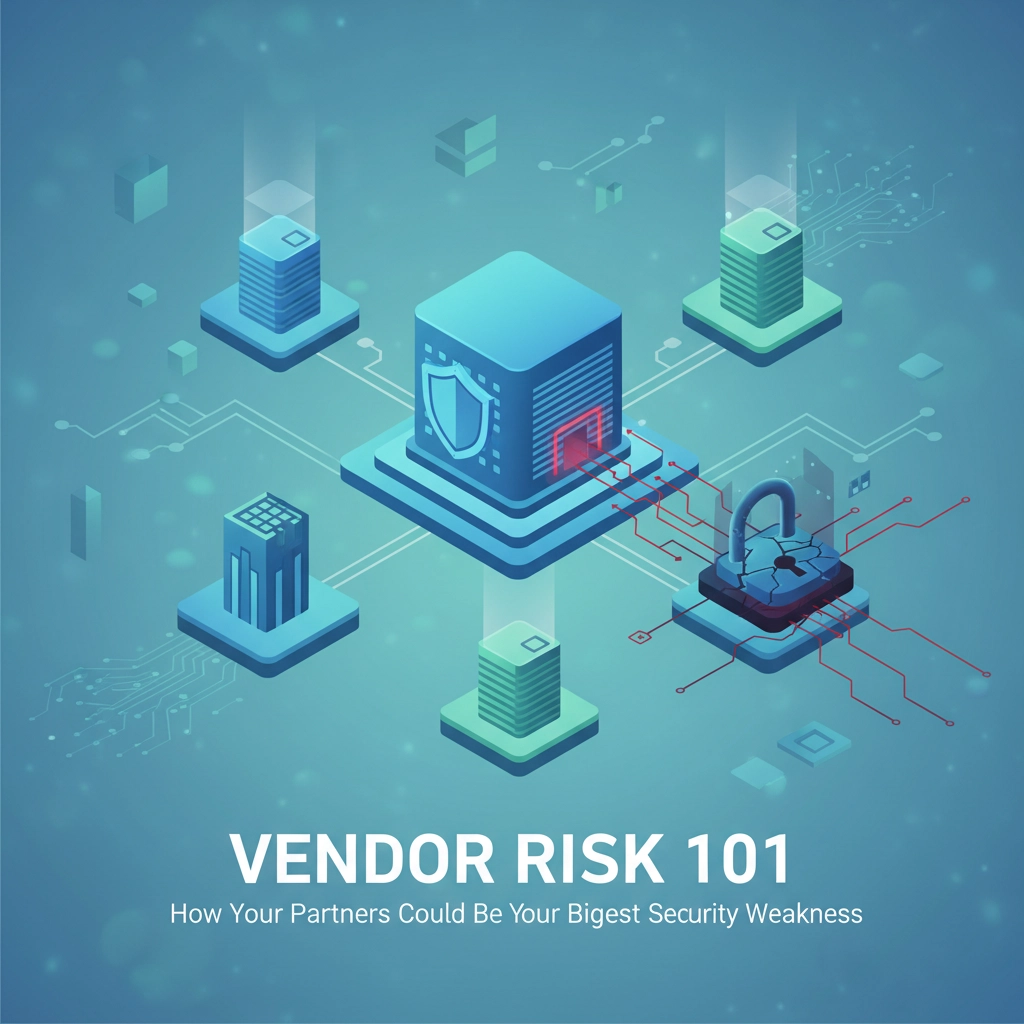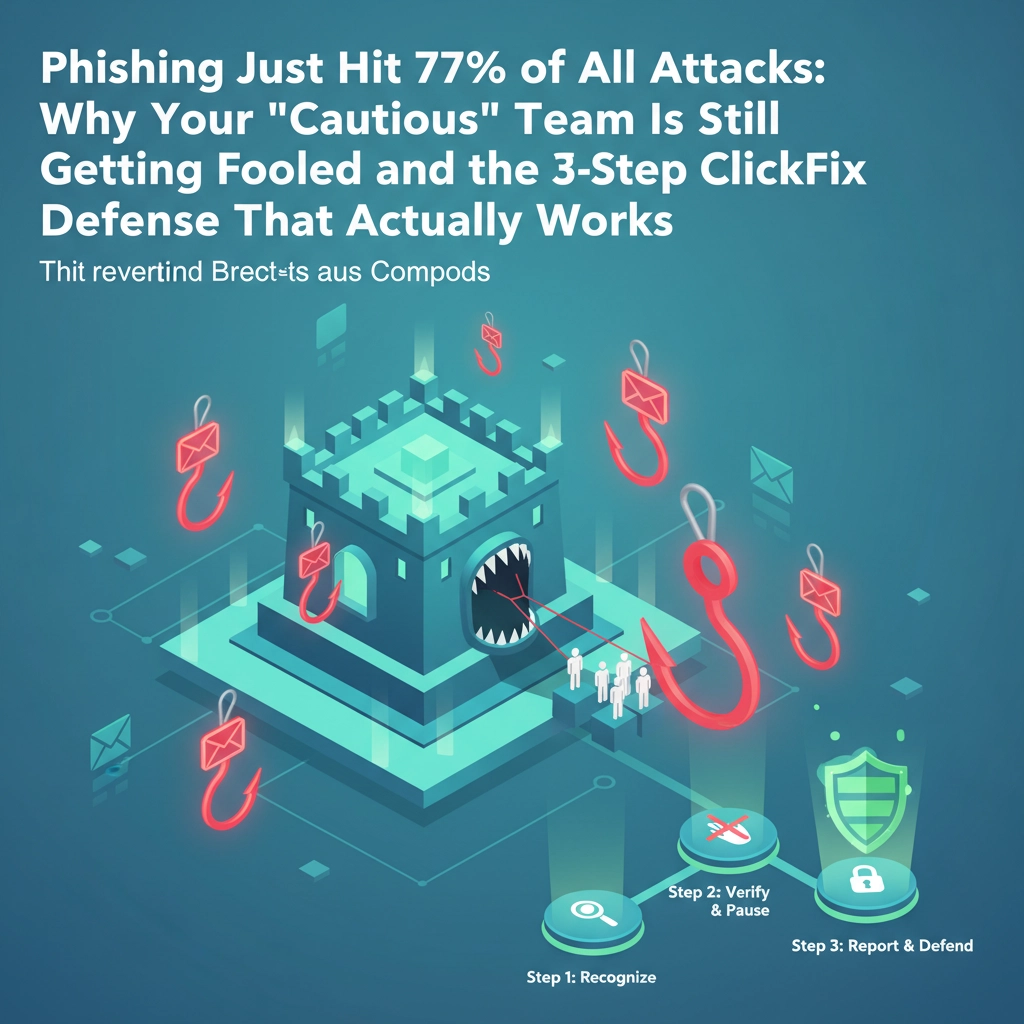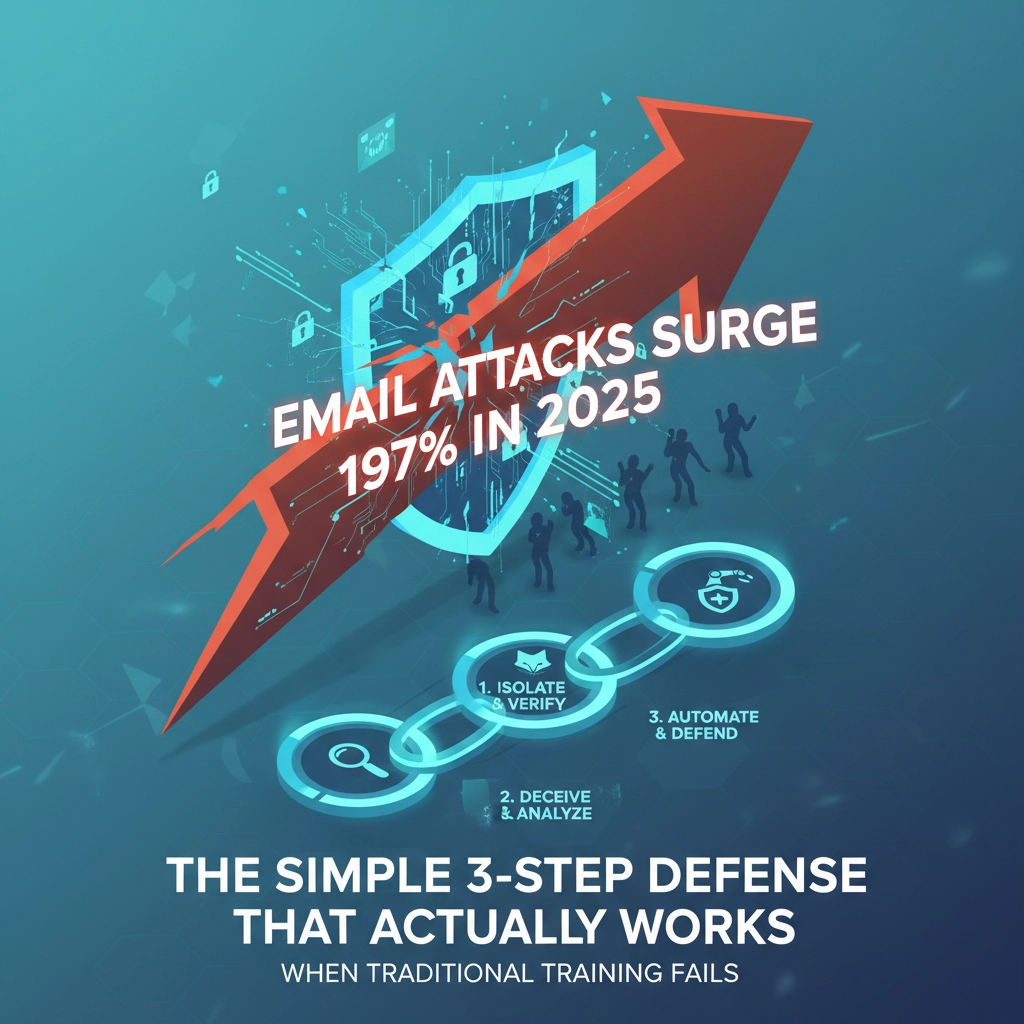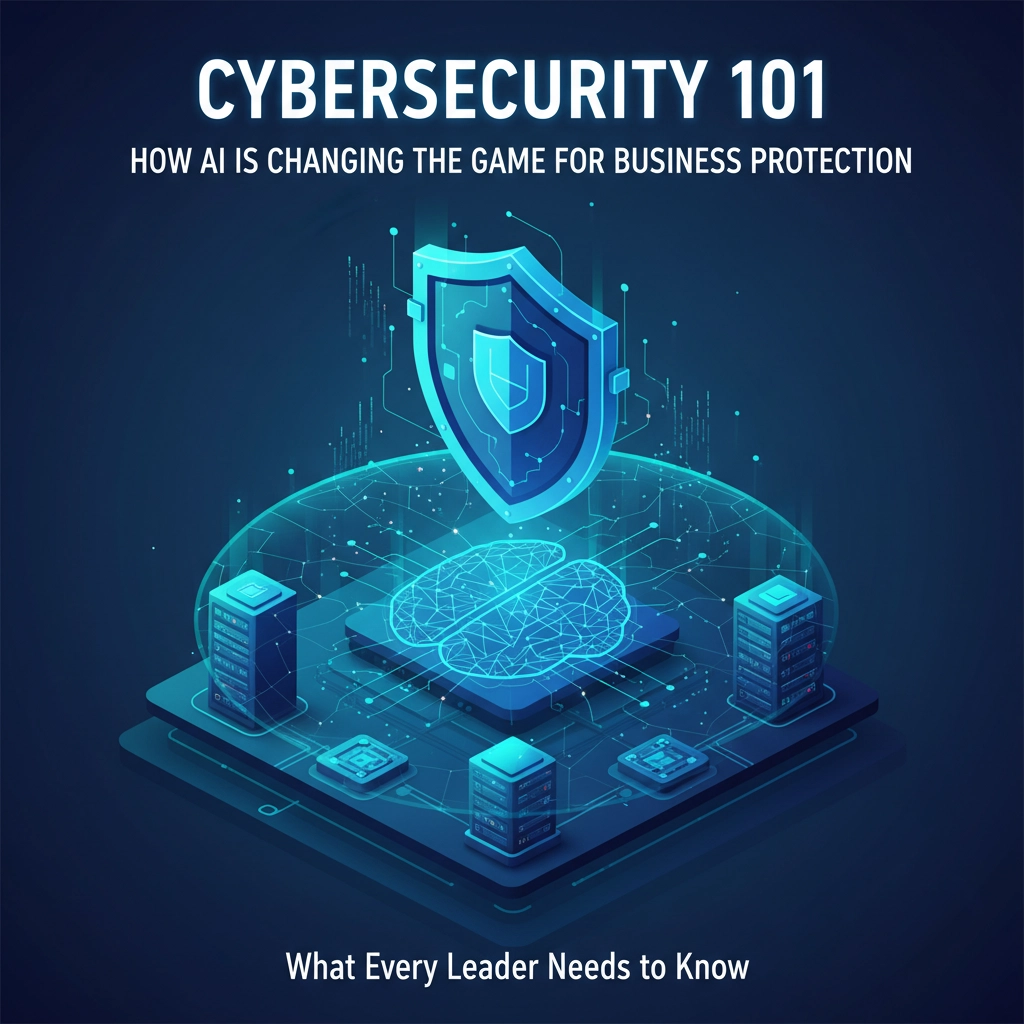Your inbox just became a battlefield. Business email compromise (BEC) attacks have exploded in 2025, with cybercriminals weaponizing artificial intelligence to create scams so sophisticated they're fooling even the most cautious business owners.
Recent data reveals a staggering 30% increase in BEC attacks, with February 2025 alone seeing a 13% spike. But here's the scary part: these aren't your grandfather's Nigerian prince emails anymore. We're dealing with AI-generated messages so polished they could have been written by your own marketing team.
The AI Revolution in Email Scams
Remember when spotting a phishing email was as easy as looking for broken English and obvious typos? Those days are over. Today's cybercriminals are using tools like WormGPT and FraudGPT to craft messages that are grammatically perfect, contextually relevant, and terrifyingly convincing.
Here's what's changed: approximately 40% of BEC emails are now AI-generated. These tools have eliminated the telltale signs we used to rely on – the awkward phrasing, the grammatical errors, the obviously fake urgency. Now, a scammer with nothing more than a credit card and access to Telegram can launch sophisticated campaigns that would have required teams of skilled fraudsters just a few years ago.

The numbers are sobering. BEC attacks now represent the second most expensive type of data breach, costing organizations an average of $4.89 million per incident. With 79% of companies facing at least one BEC attack within a year, this isn't a matter of "if" – it's "when."
The New Playbook: Conversation Hijacking
The most dangerous evolution in email scams is something called "conversation hijacking." Attackers infiltrate real email threads between legitimate business contacts, then insert themselves seamlessly into ongoing conversations. This tactic has seen a 70% increase in attacks tied to BEC schemes.
Picture this: you're in an ongoing email chain with a trusted vendor about an upcoming invoice. Suddenly, the vendor "replies" asking you to update payment details to a new bank account due to "system changes." The email appears in the same thread, uses the vendor's signature, and references your recent conversations. It looks completely legitimate – because it is, except for that one crucial detail.
This technique is particularly effective because it bypasses our natural skepticism. When an email appears in an established conversation thread, we're far less likely to question its authenticity.
Five Warning Signs That Could Save Your Business
Despite their sophistication, these AI-powered scams still leave breadcrumbs. Here are the key indicators every business owner needs to watch for:
1. Free Email Services for Business Communications
A whopping 67% of BEC attacks originate from free webmail services like Gmail or Yahoo. If your long-time business contact suddenly starts emailing you from a personal account instead of their corporate domain, that's a red flag worth investigating.
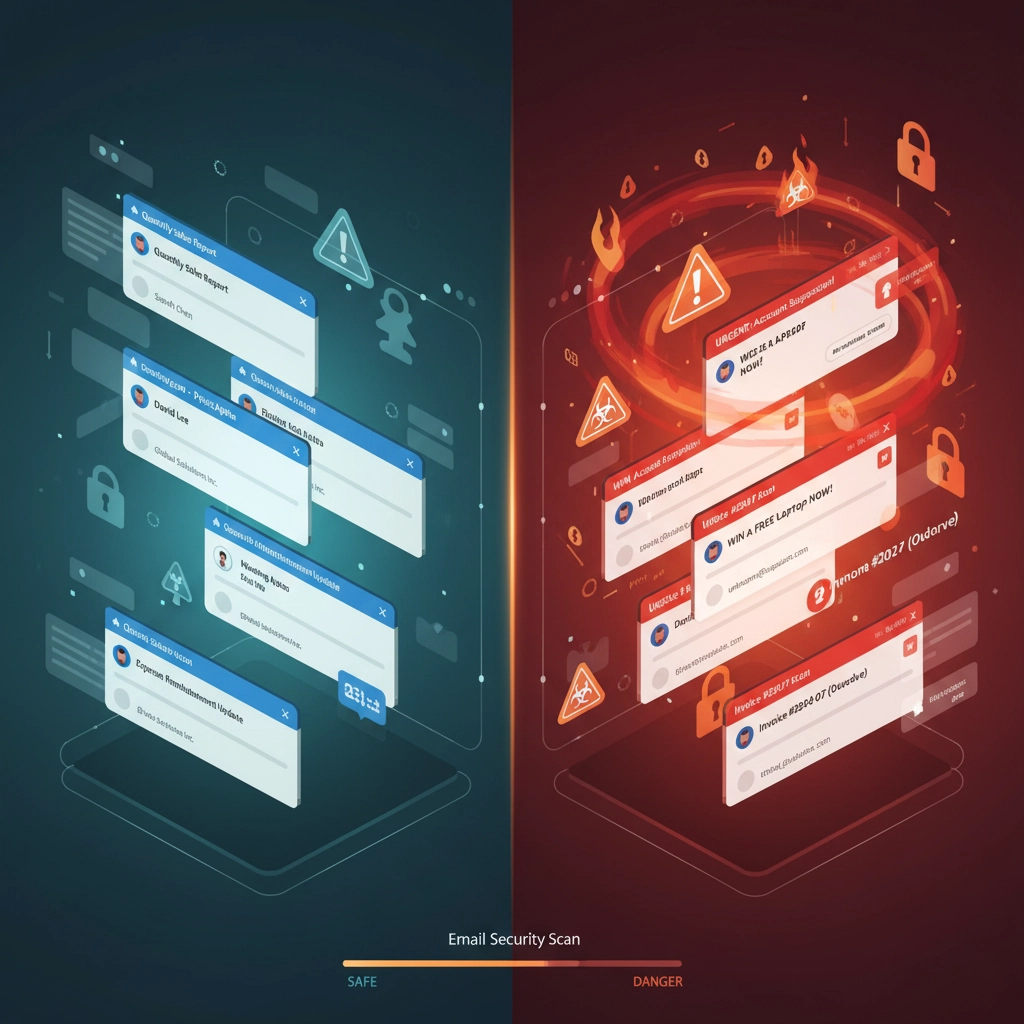
2. Urgent Financial Requests
The average BEC wire transfer request in 2025 is $24,586. Scammers create artificial urgency around payments, often claiming they need immediate action due to "system updates," "account closures," or "time-sensitive opportunities." Any unexpected request involving gift cards, cryptocurrency, or unusual payment methods should trigger your alarm bells.
3. Slight Changes in Communication Style
AI might be good at mimicking language patterns, but it often misses subtle personality quirks. If a usually casual colleague suddenly sends formal emails, or if their typical humor disappears from communications, take notice.
4. Requests for Confidential Information
Approximately 66% of phishing attempts target organizational resources, primarily using credential theft techniques. Be wary of unexpected requests for login credentials, system access, or sensitive company information, even if they seem to come from trusted sources.
5. Pressure to Bypass Normal Procedures
Legitimate business partners understand your security protocols. Scammers will often ask you to "just this once" skip verification steps or expedite processes without proper documentation.
The Multi-Channel Verification Defense
The most effective weapon against these attacks isn't technology – it's process. When you receive any financial request or sensitive information inquiry via email, verify it through a separate, independent communication channel.
Here's your action plan:
Don't reply to the suspicious email or use contact information provided in it. Instead, call the person using a phone number you have on file from previous legitimate interactions. If it's a vendor, use the number from their official website or your original contract documentation.

For internal requests, walk over to your colleague's desk or call their office extension. Yes, it might feel awkward to question your boss's email about transferring funds, but it's better to be embarrassed than bankrupt.
Building Your Human Firewall
Traditional security measures are struggling to keep up. Attackers are increasingly bypassing multi-factor authentication and exploiting human psychology – the human element is involved in over 60% of all breaches.
This is where your team becomes your strongest defense. Create a culture where questioning suspicious requests isn't just acceptable – it's expected and rewarded. Train your employees to recognize that verification isn't an insult; it's insurance.
Implement dual approval requirements for any wire transfers over a certain amount. Establish clear escalation procedures for unusual requests. Most importantly, make sure everyone knows they won't get in trouble for flagging something that turns out to be legitimate.
The Real Cost of Doing Nothing
BEC attacks caused over $2.7 billion in reported losses in the United States alone in 2024, making it the costliest cybercrime globally with $6.7 billion lost worldwide. But the financial damage is just the beginning.
Companies hit by successful BEC attacks often face:
- Damaged relationships with vendors and customers
- Lost trust and reputation damage
- Legal complications and potential liability
- Disrupted cash flow and operations
- Increased insurance premiums

The recovery process can take months, and some businesses never fully bounce back from the financial and reputational damage.
Your Next Steps
Start implementing verification procedures today, before you need them. Review your current payment authorization processes and add extra checkpoints for unusual requests. Most importantly, talk to your team about these threats – awareness is your first line of defense.
Remember, even small organizations with fewer than 1,000 employees have a 70% weekly probability of experiencing at least one BEC attempt. The attackers are counting on you being unprepared. Don't give them that advantage.
The cybersecurity landscape changes fast, but the fundamentals remain the same: verify, verify, verify. In a world where AI can perfectly mimic your most trusted business partners, a quick phone call might be the only thing standing between you and financial disaster.
Ready to strengthen your defenses against these evolving threats? Contact B&R Computers for a comprehensive security assessment that can help protect your business from the latest AI-powered scams. Because in cybersecurity, the best offense is a strong defense – and the best time to build that defense is before you need it.





